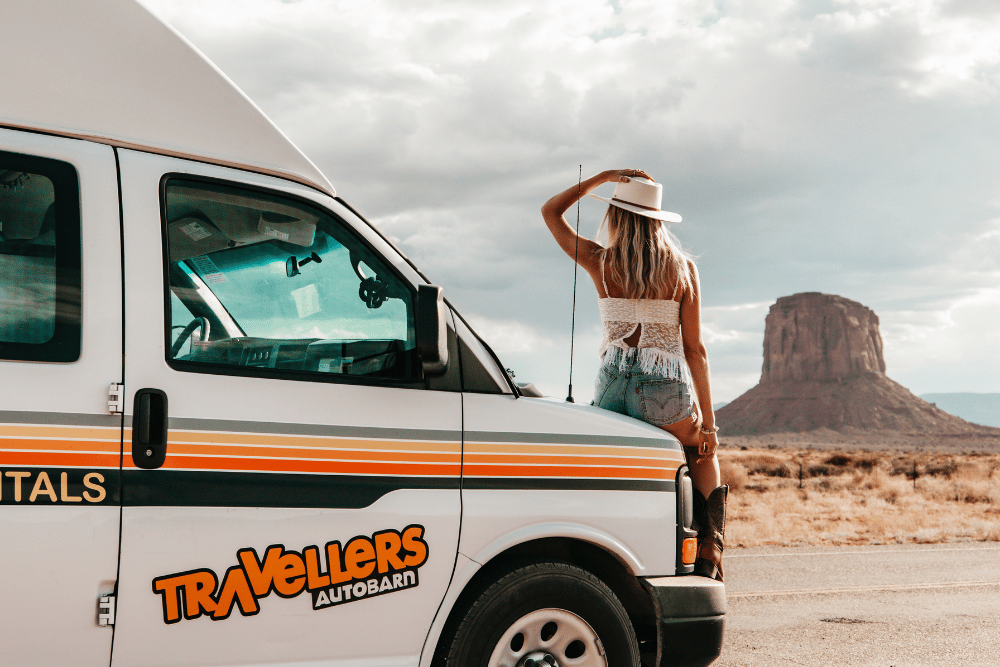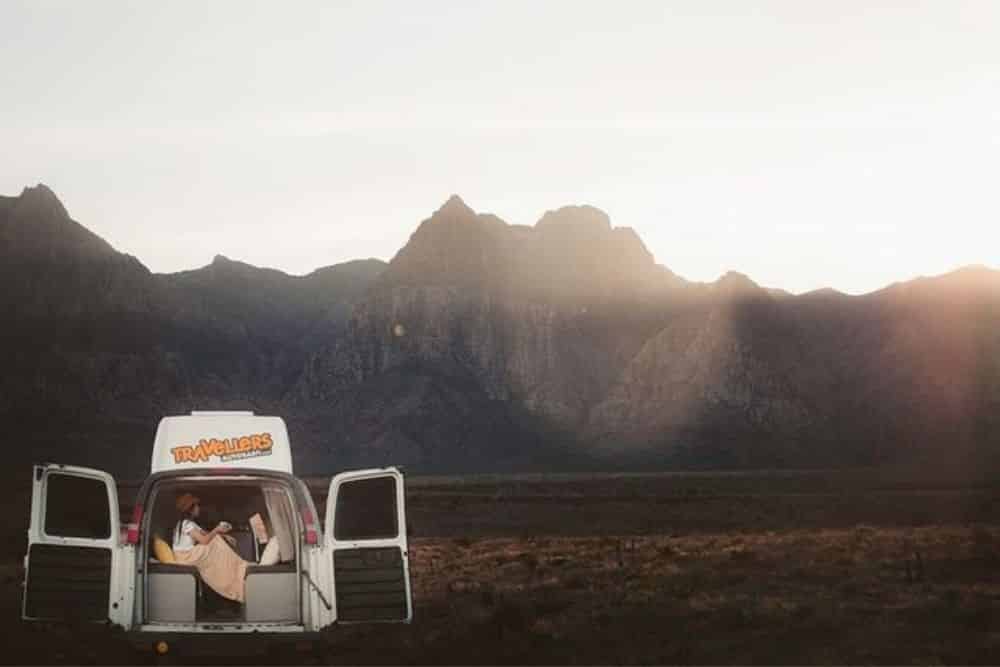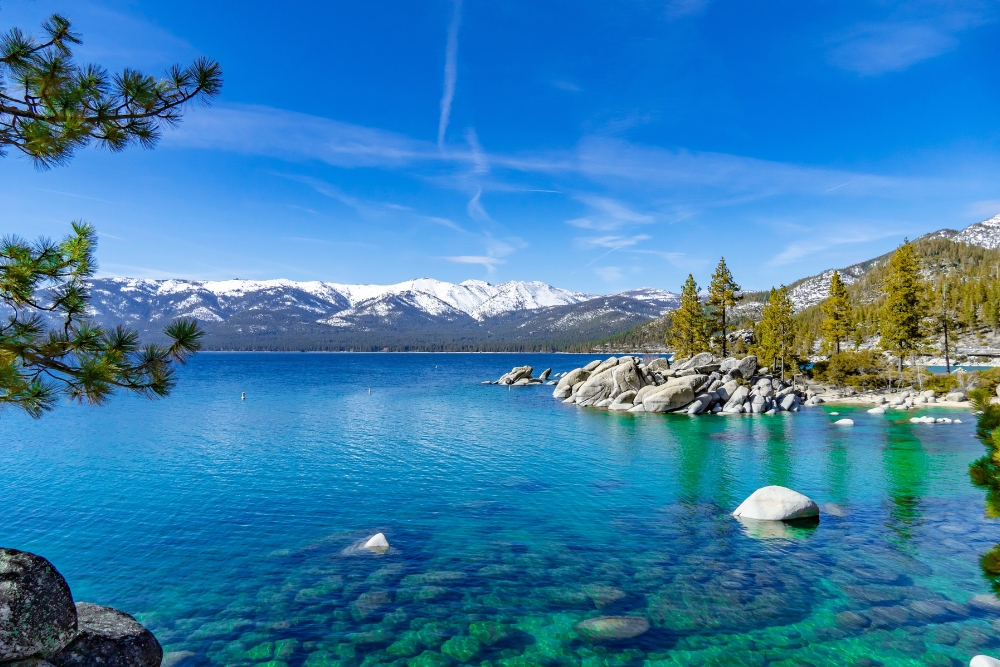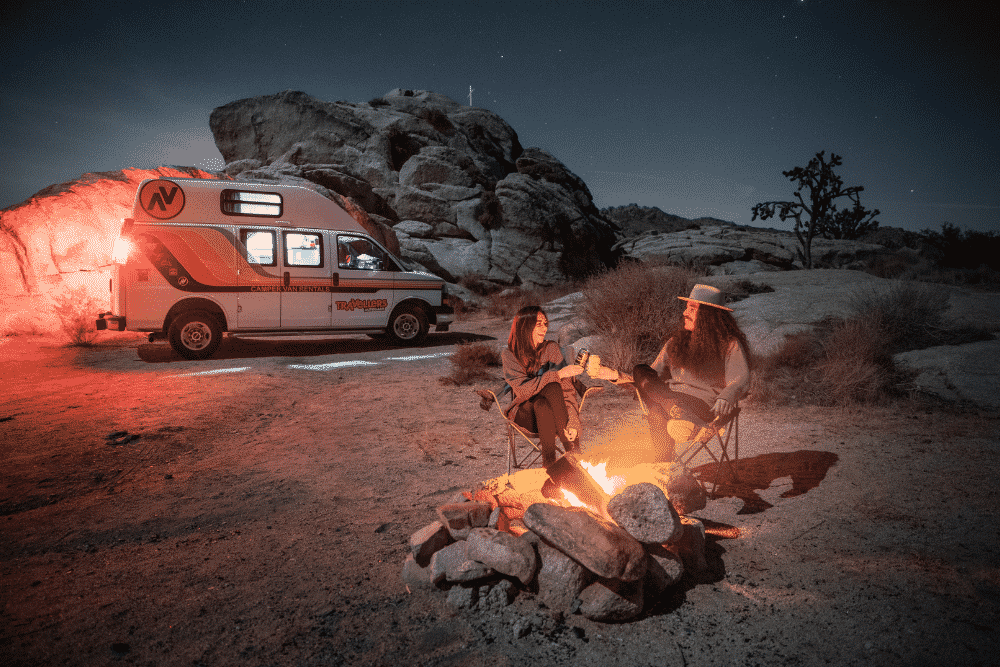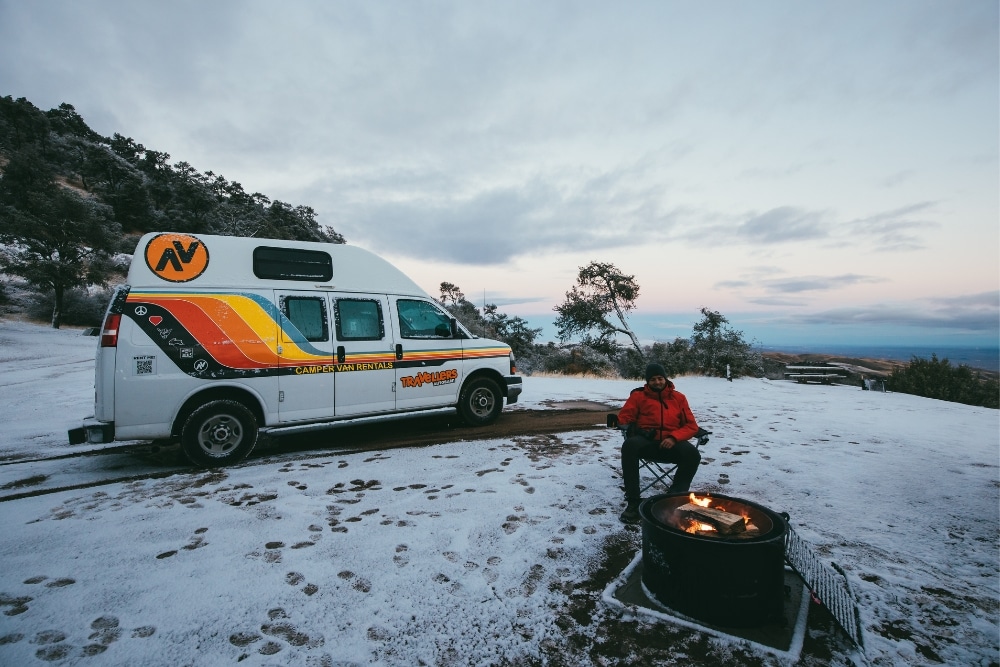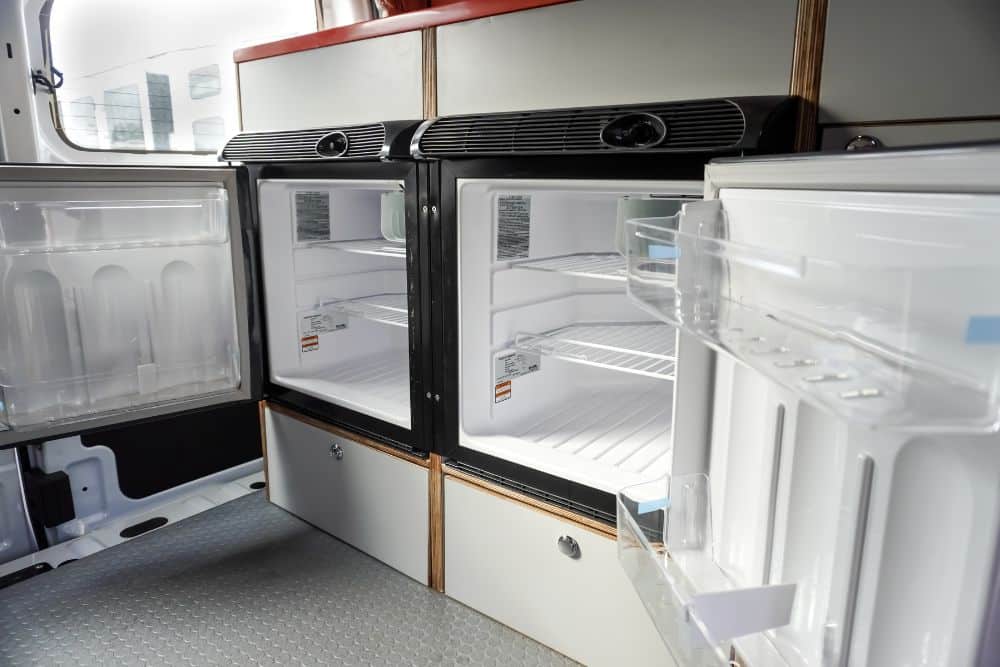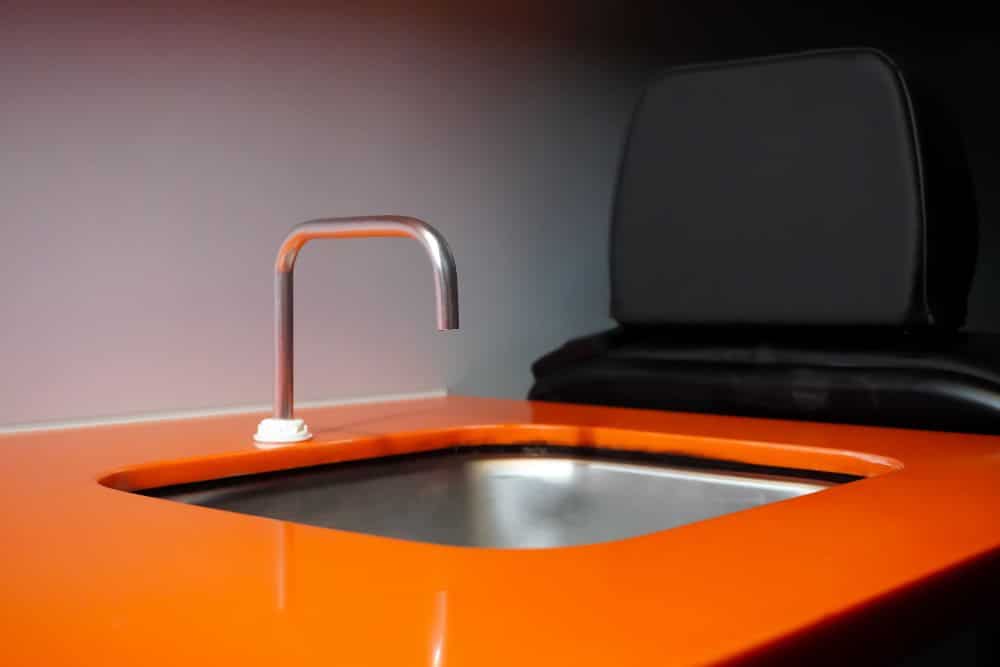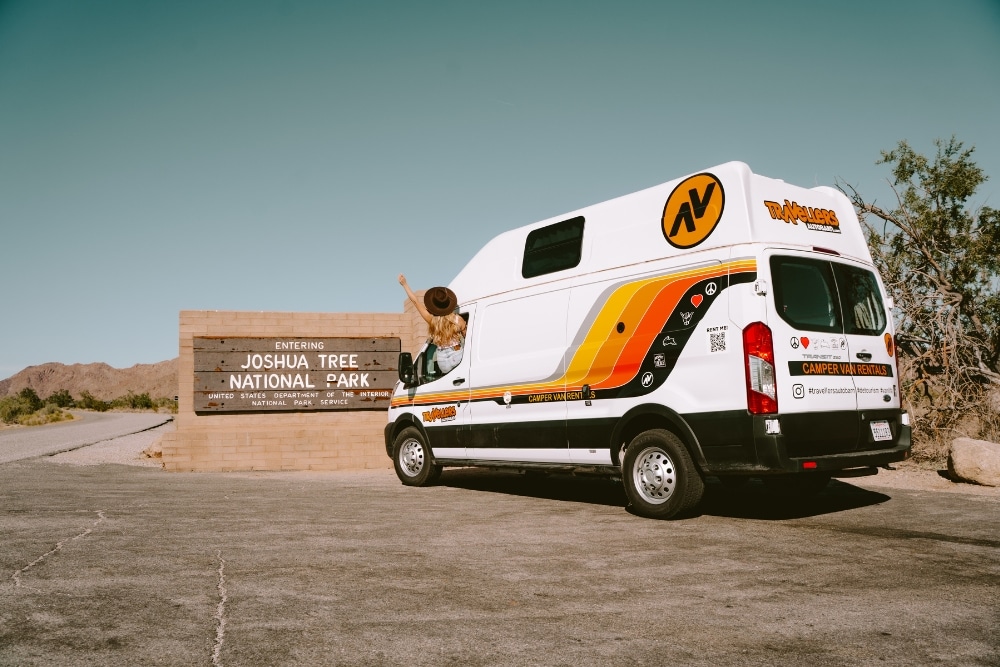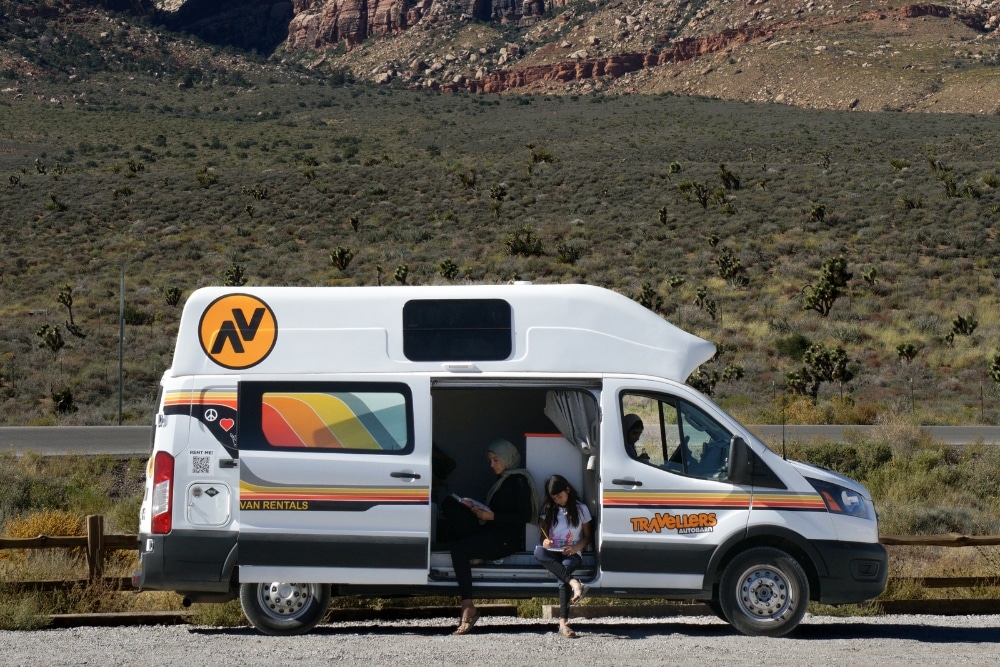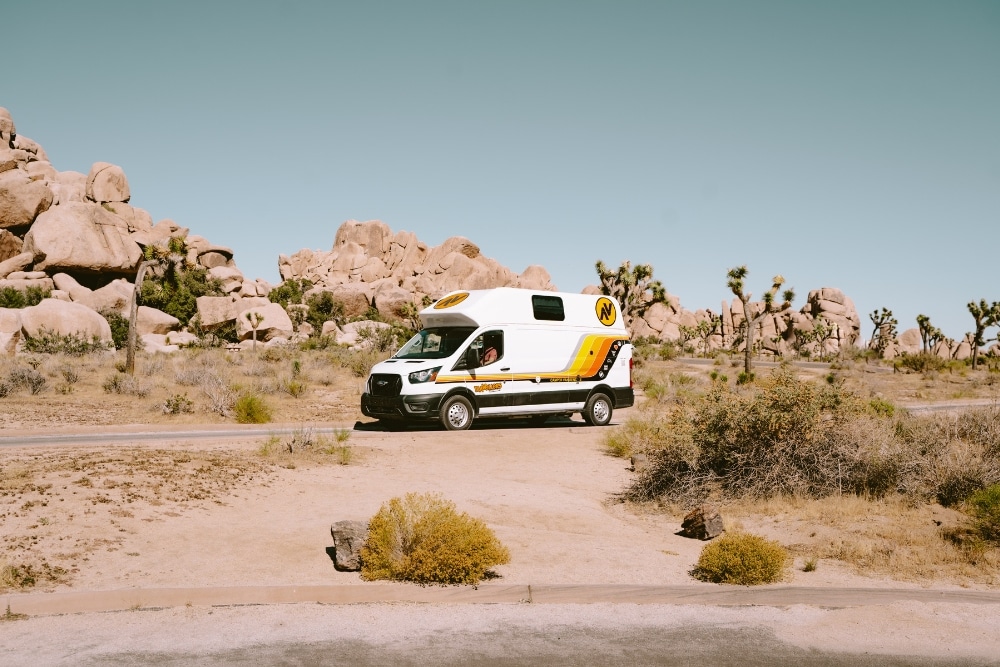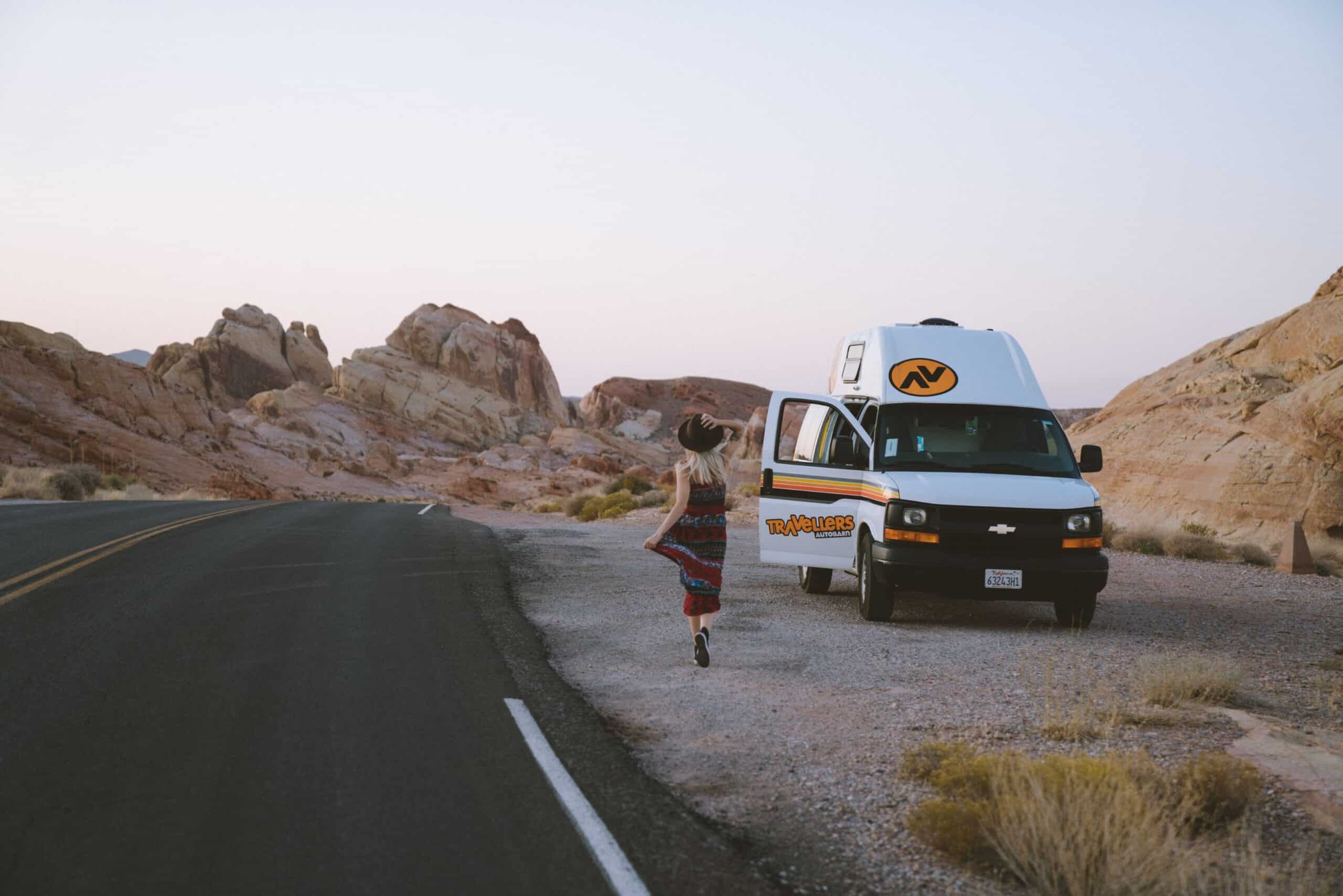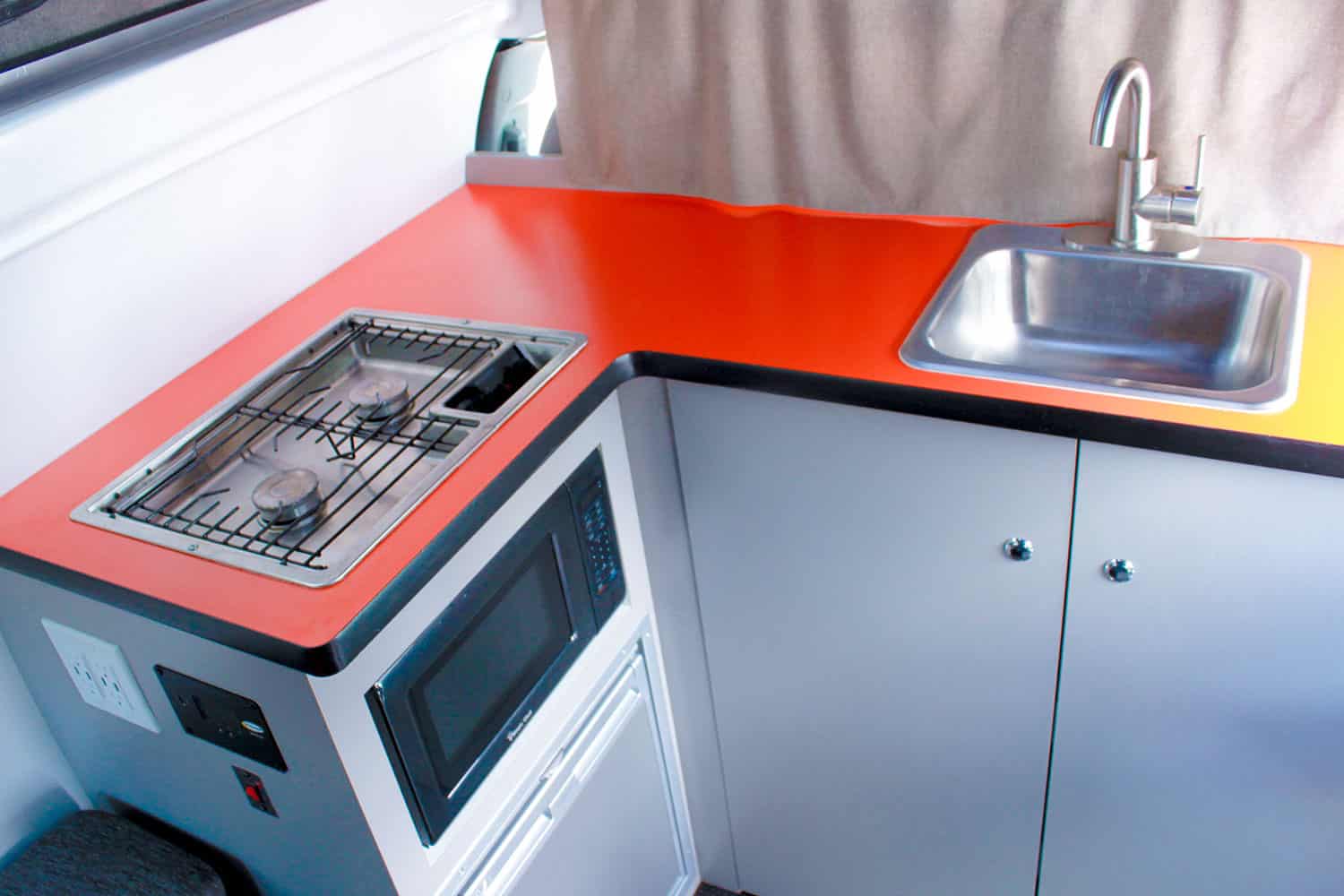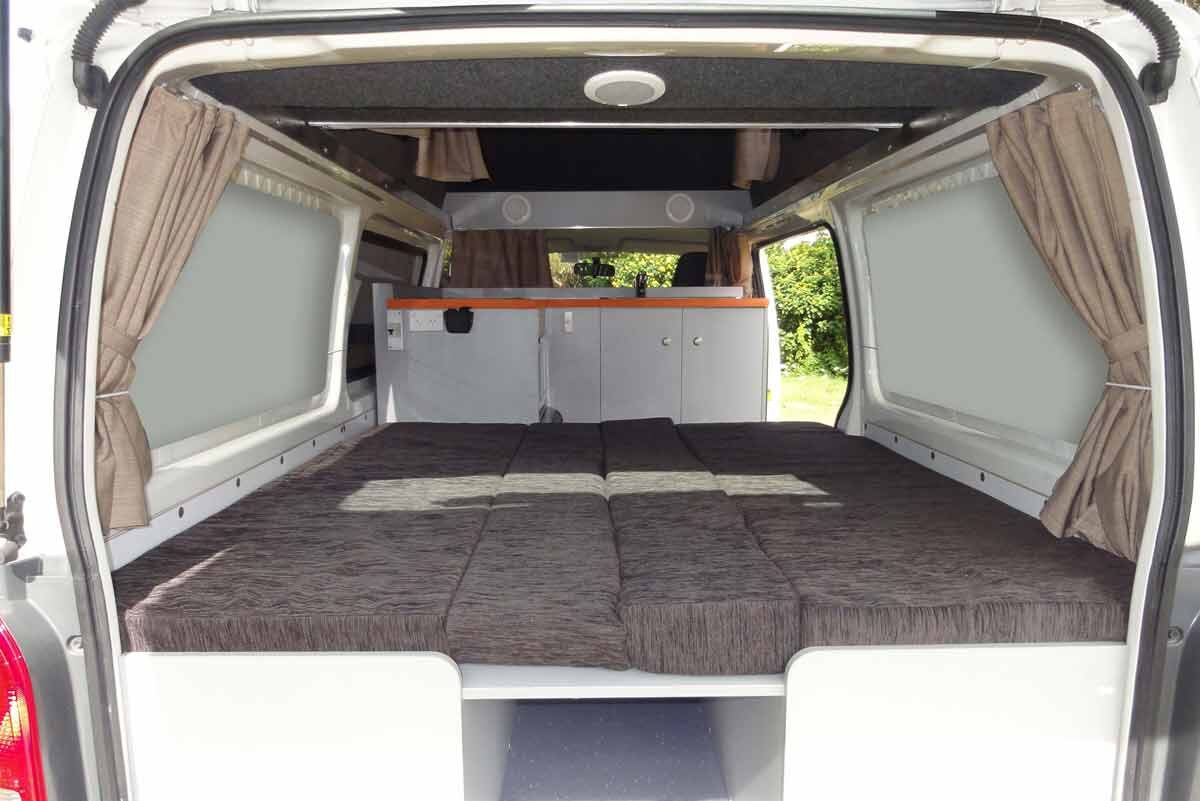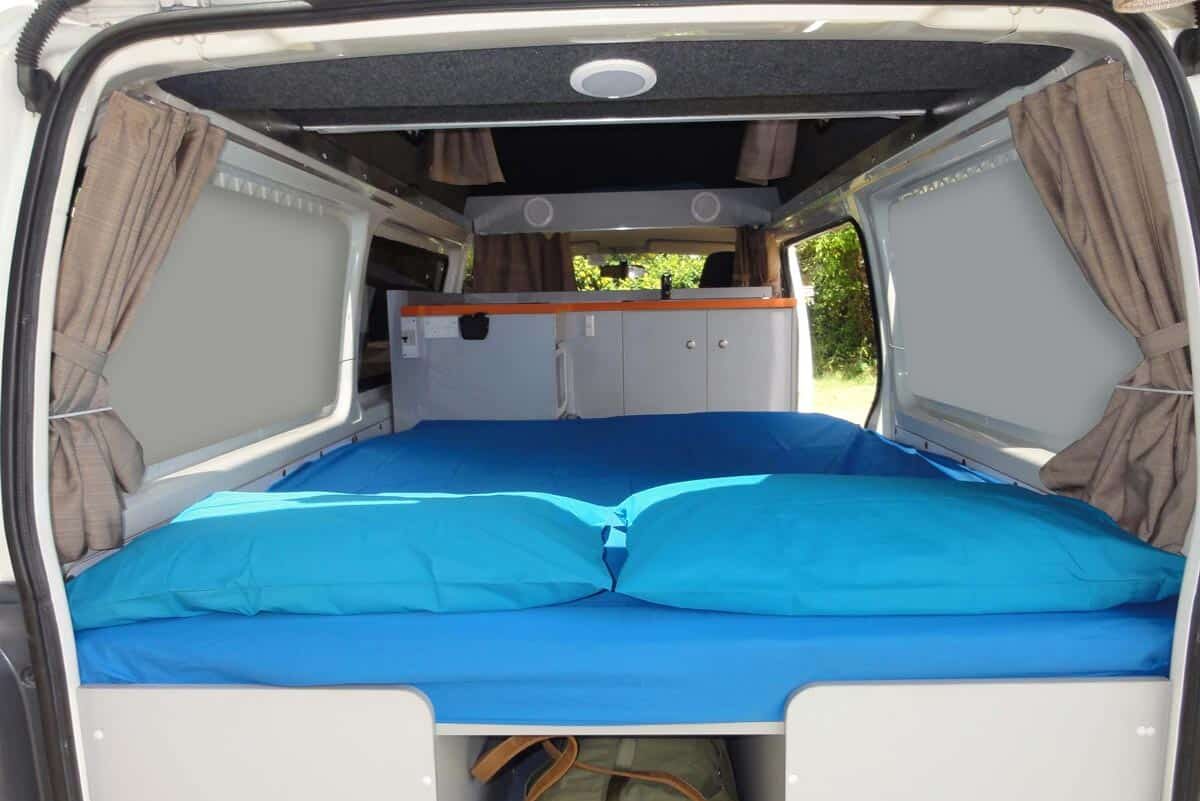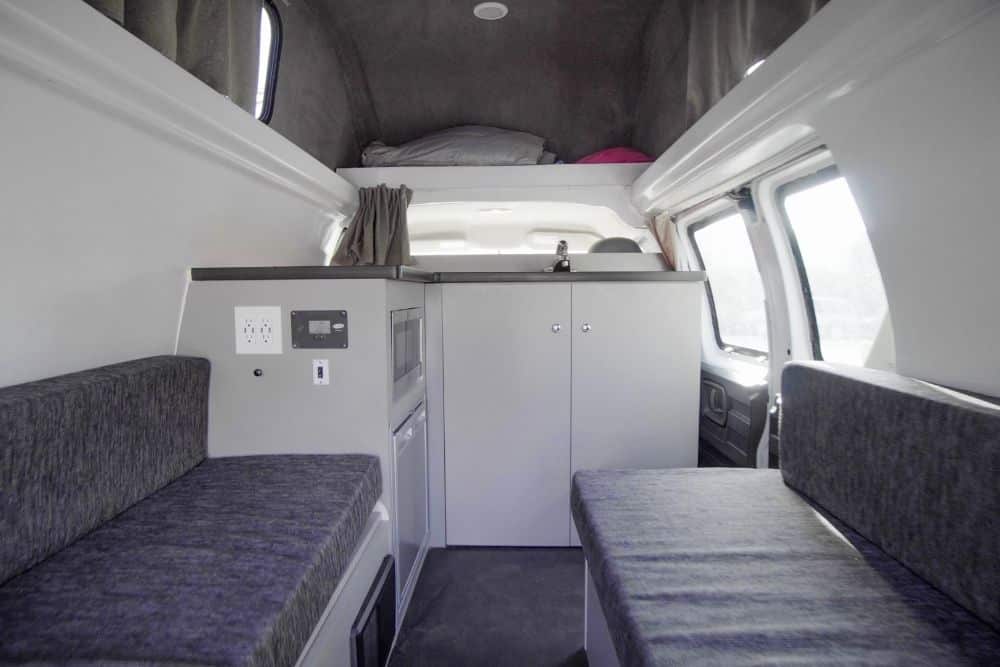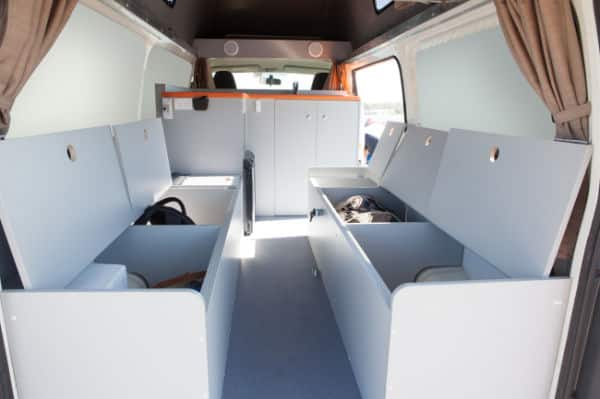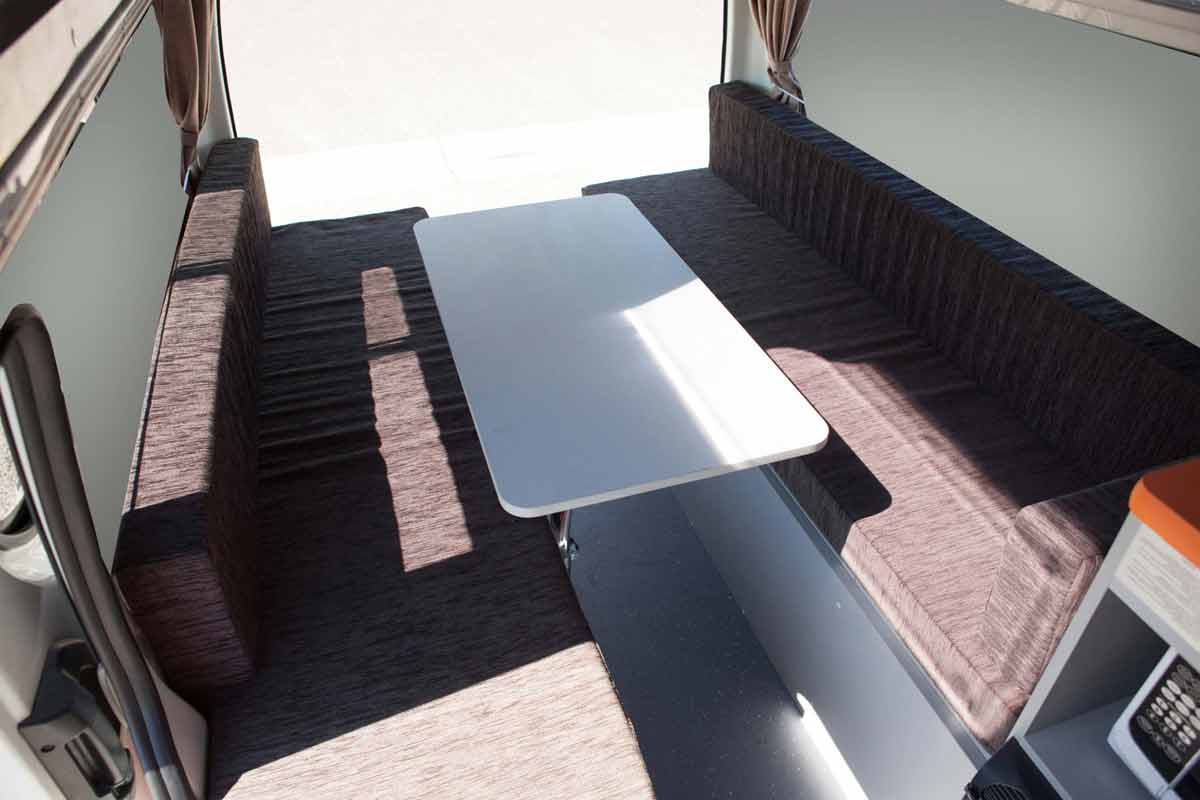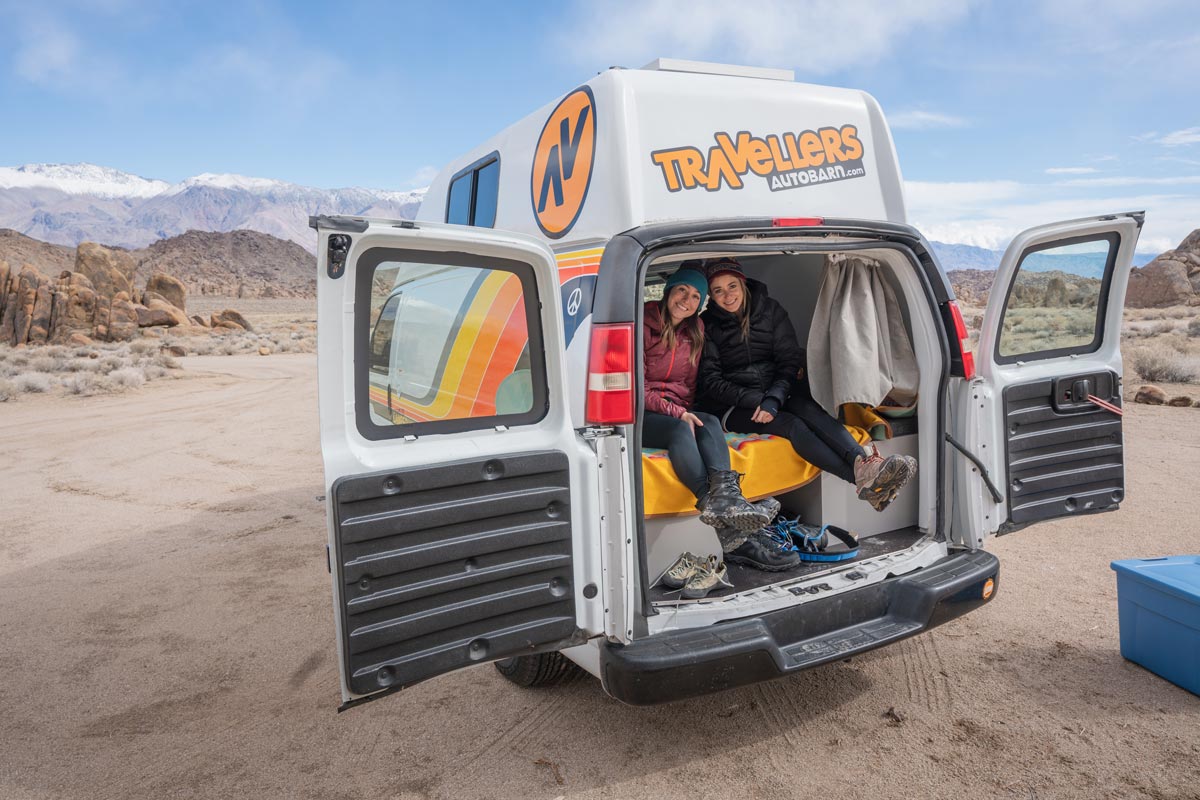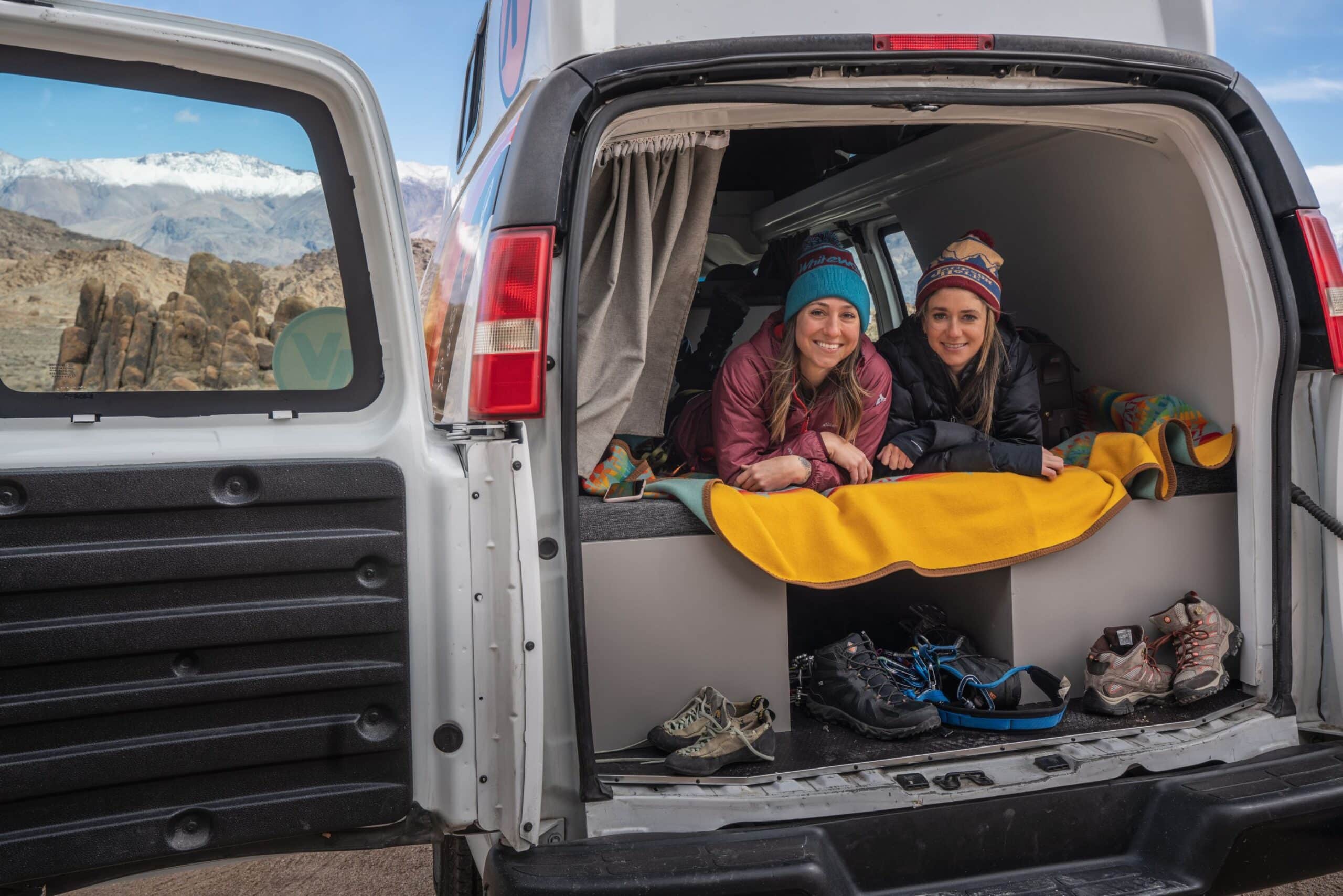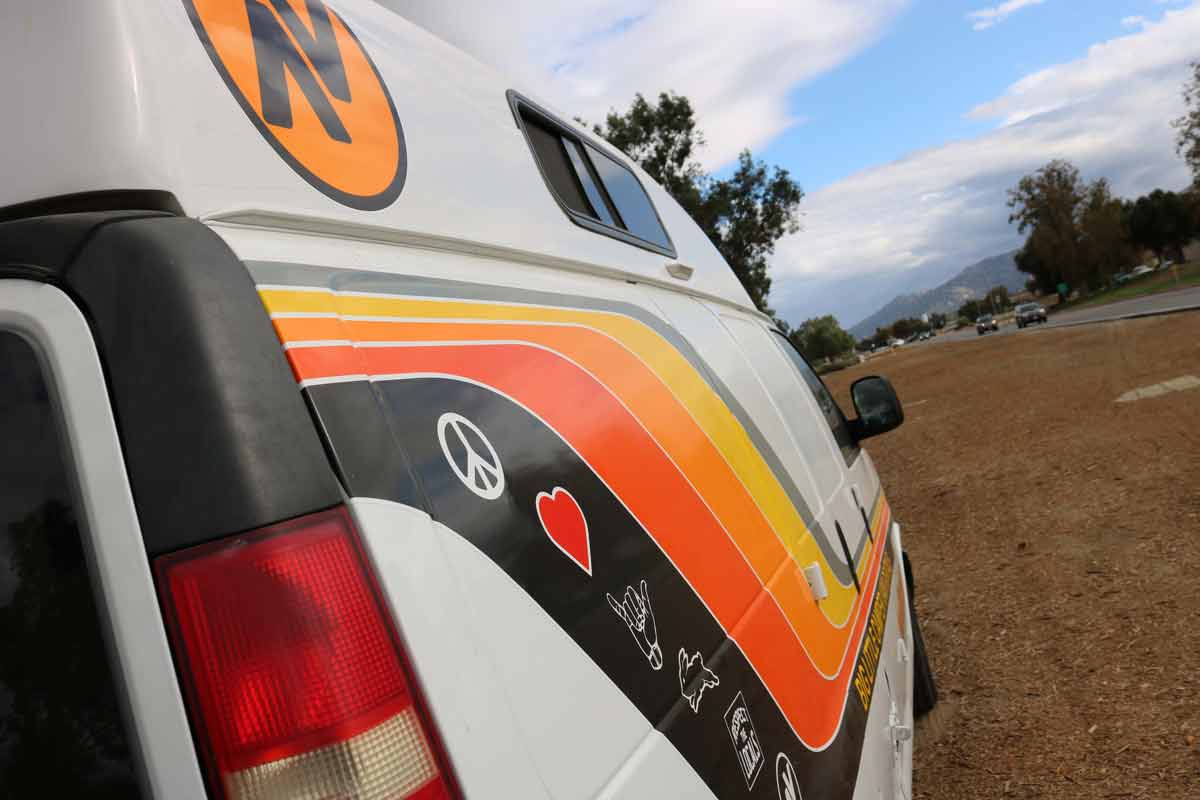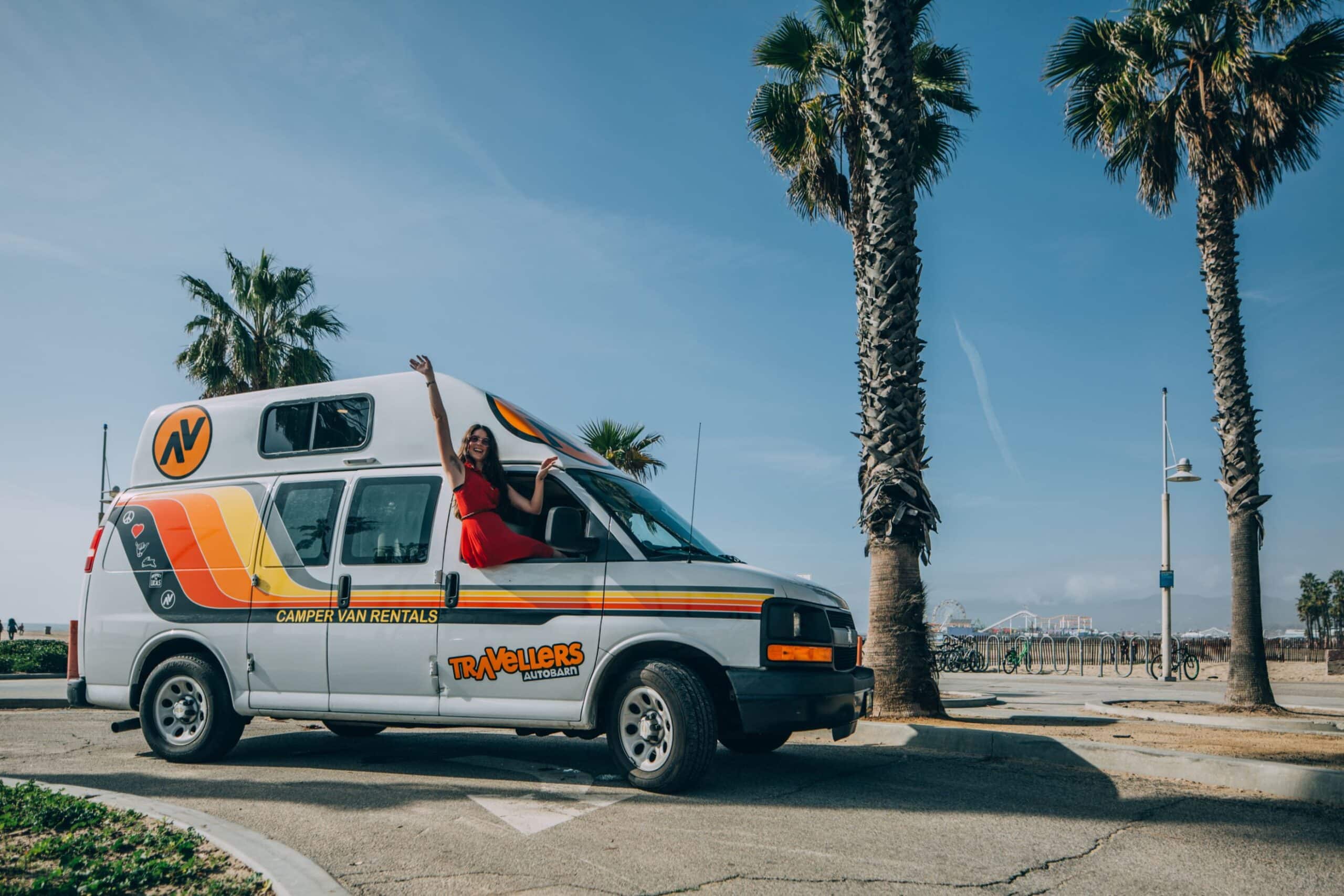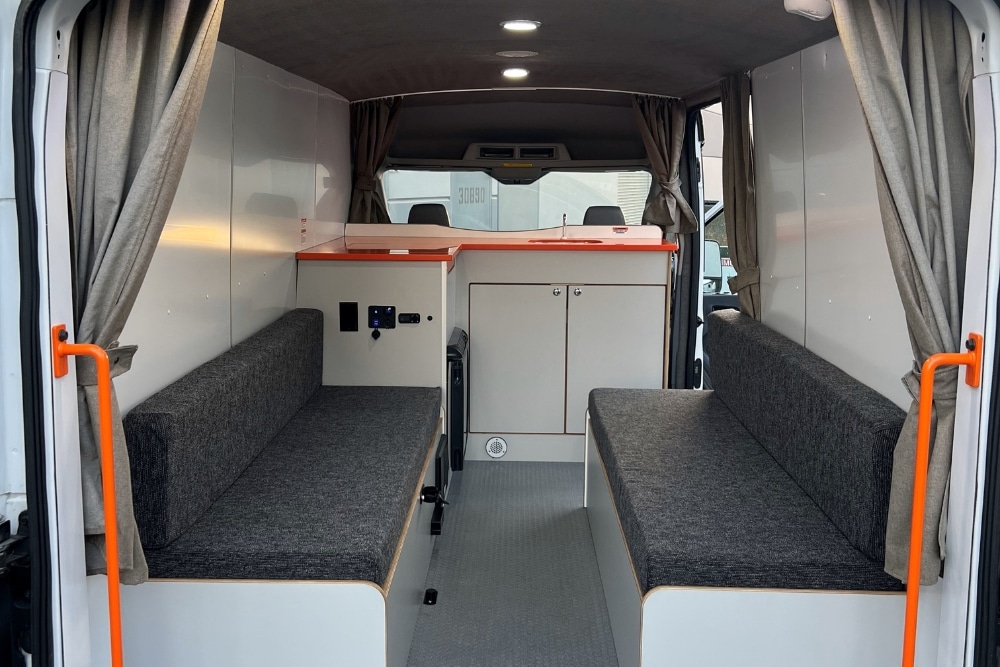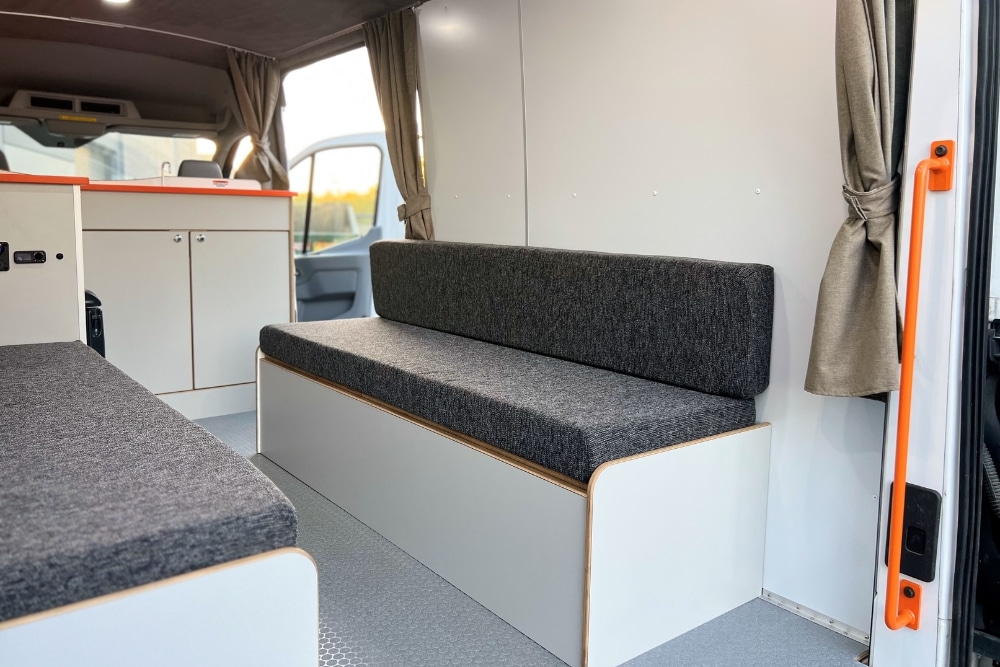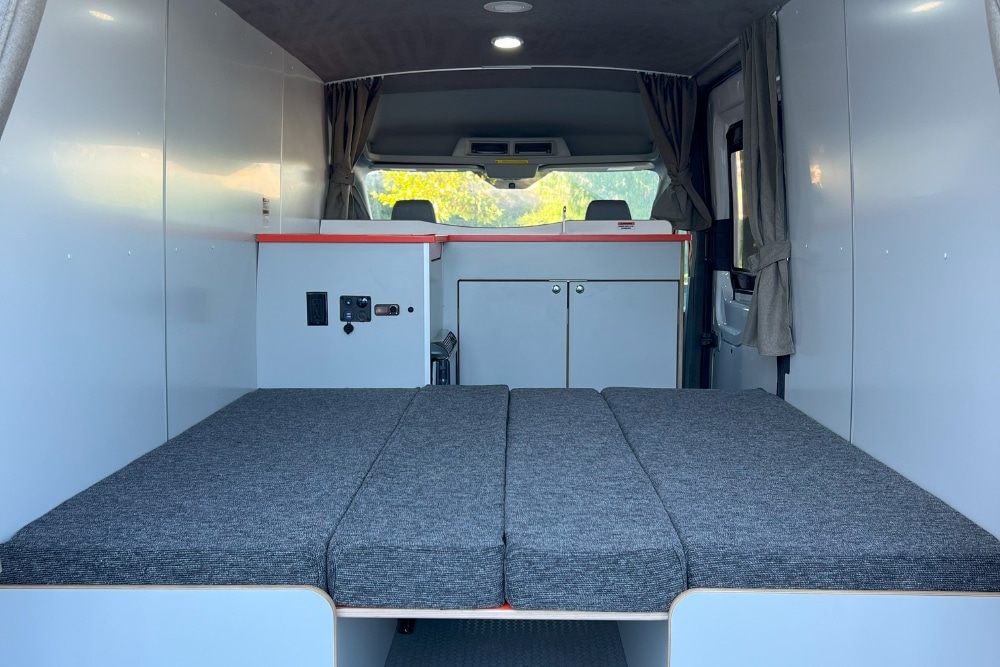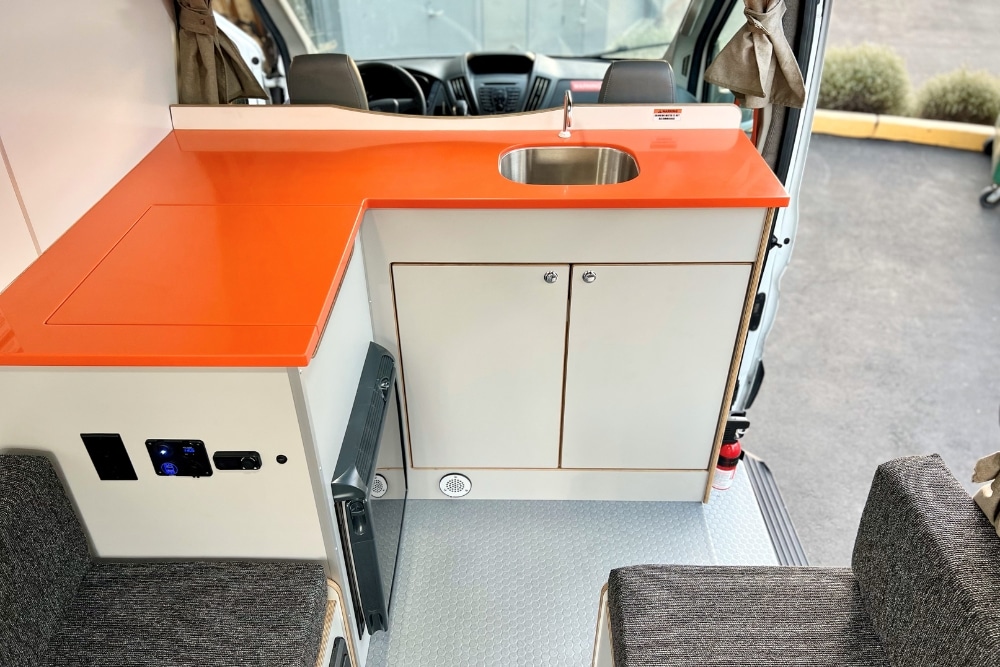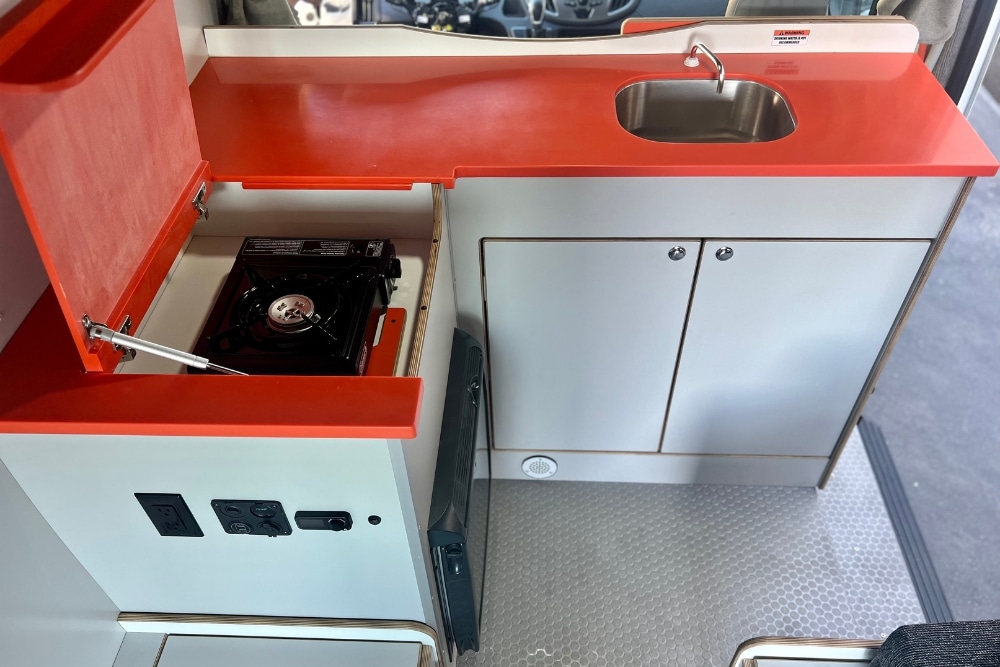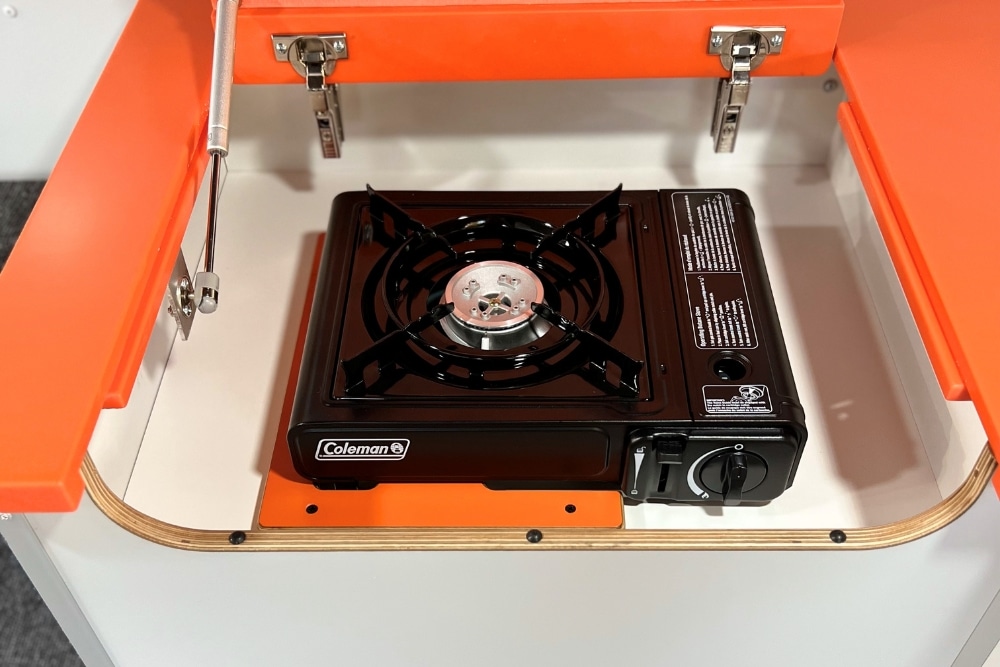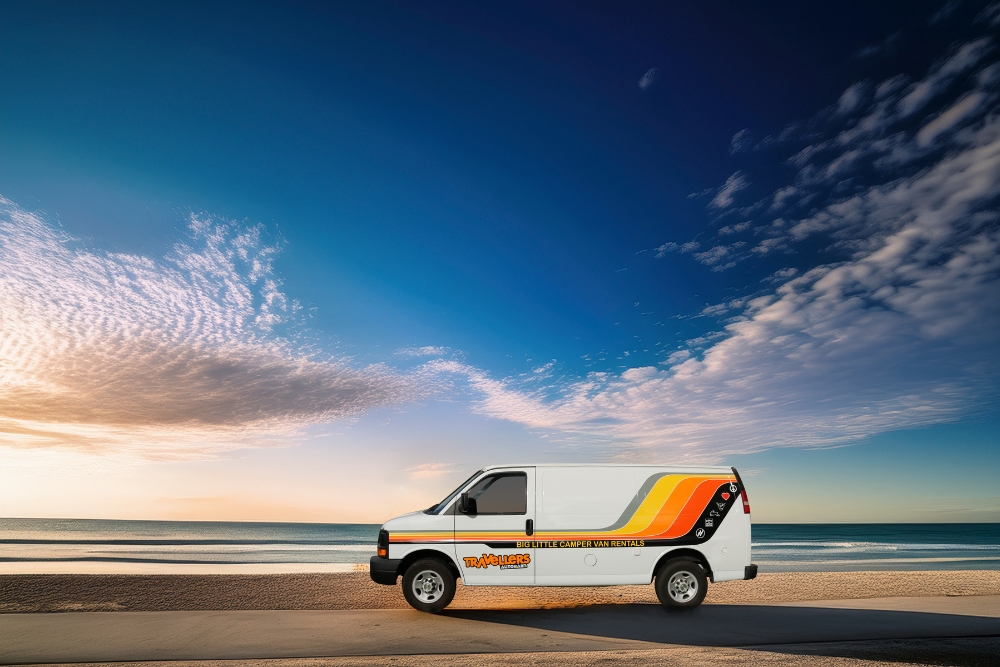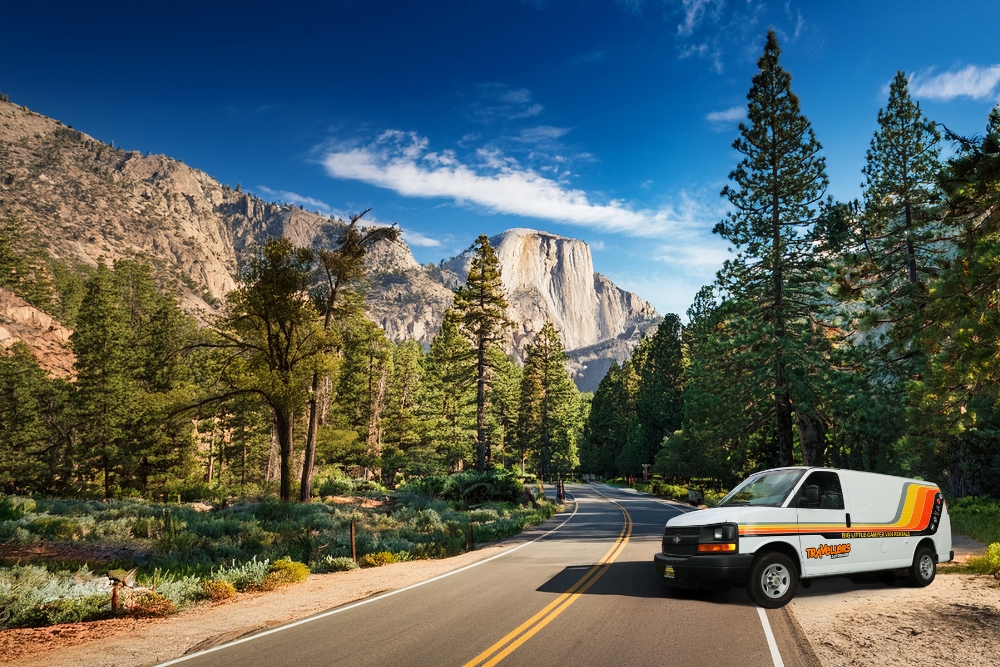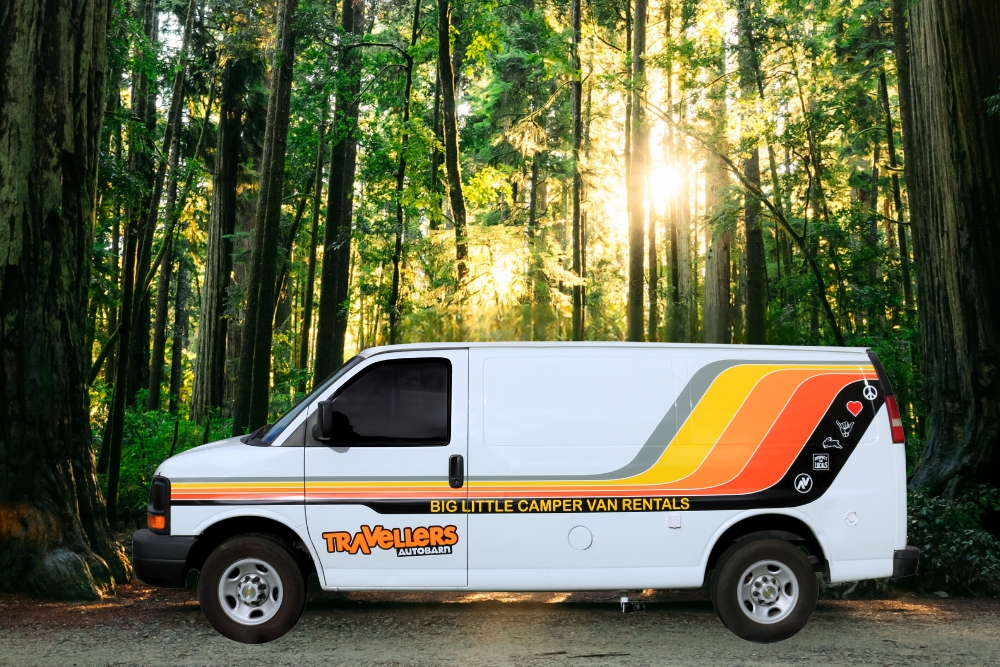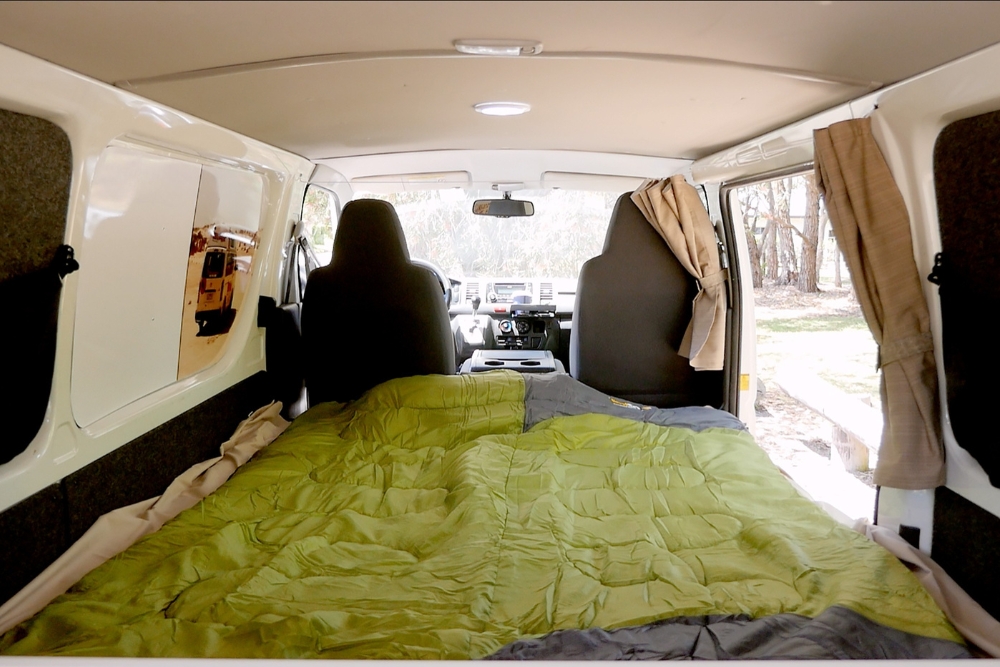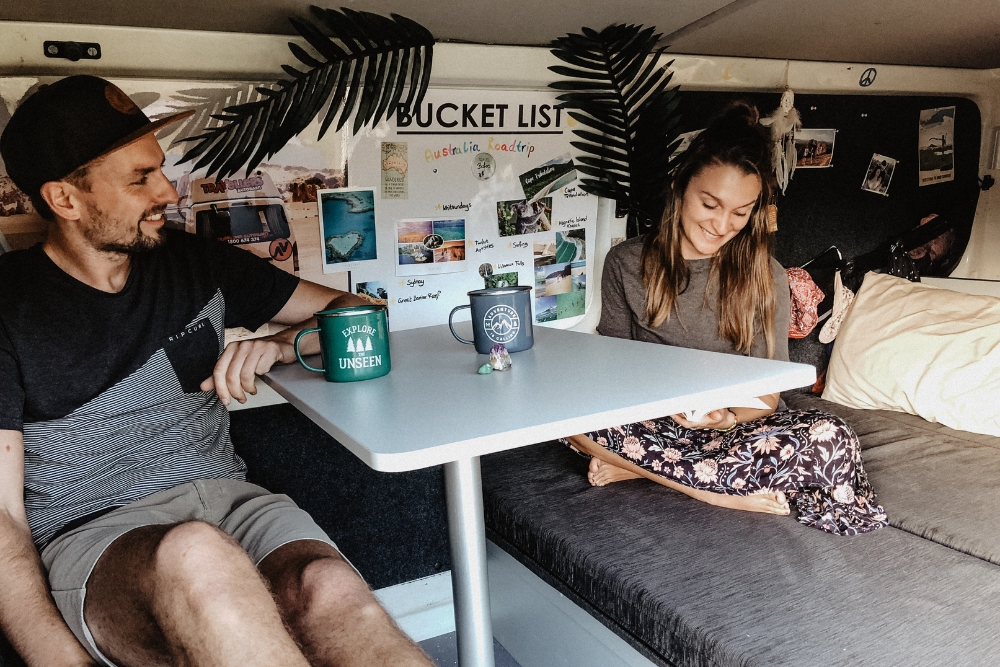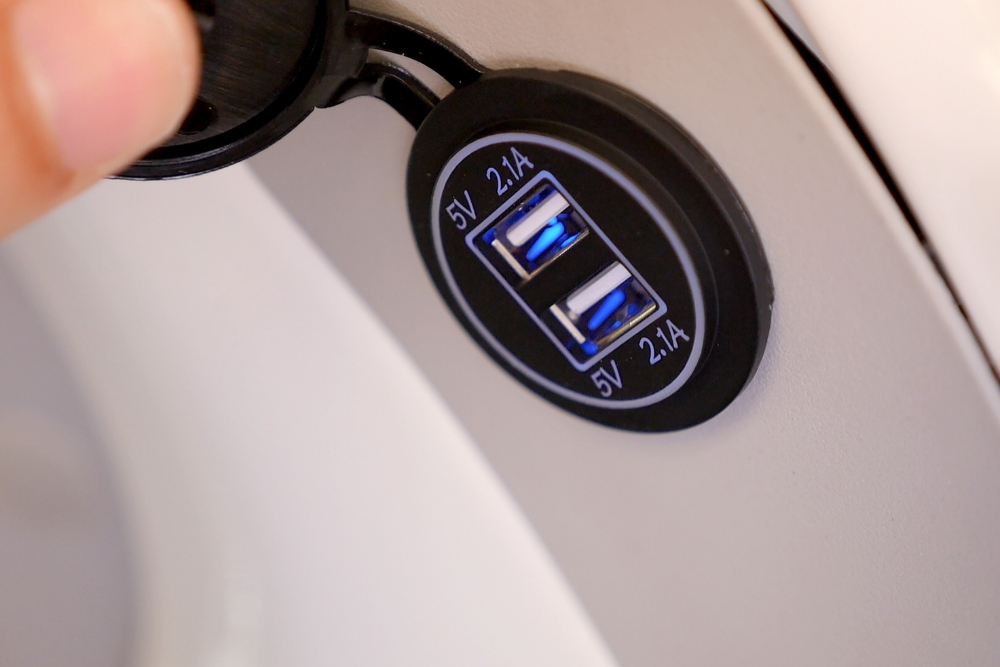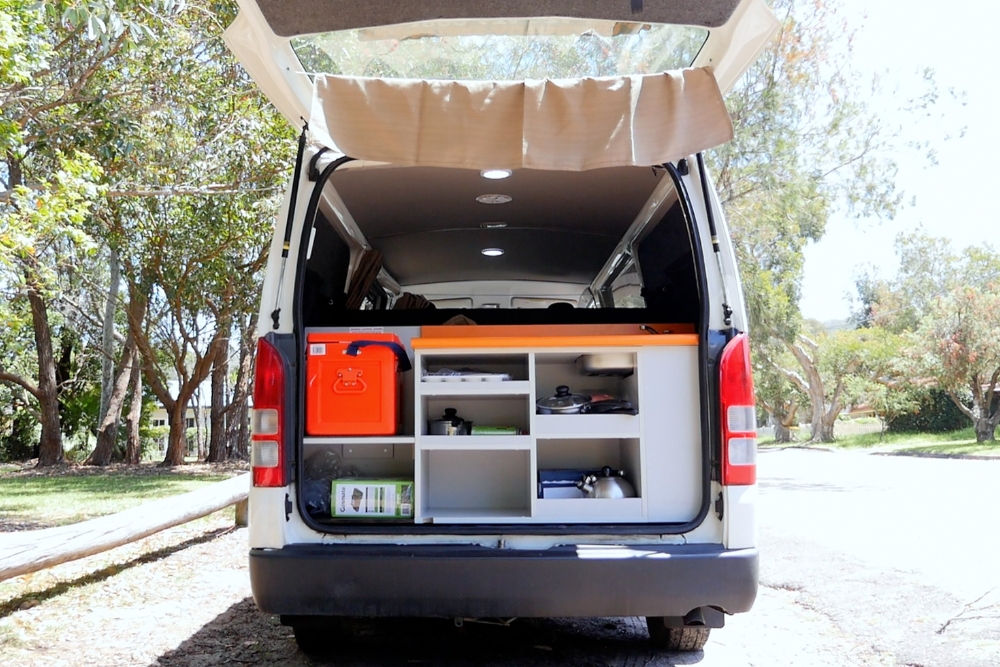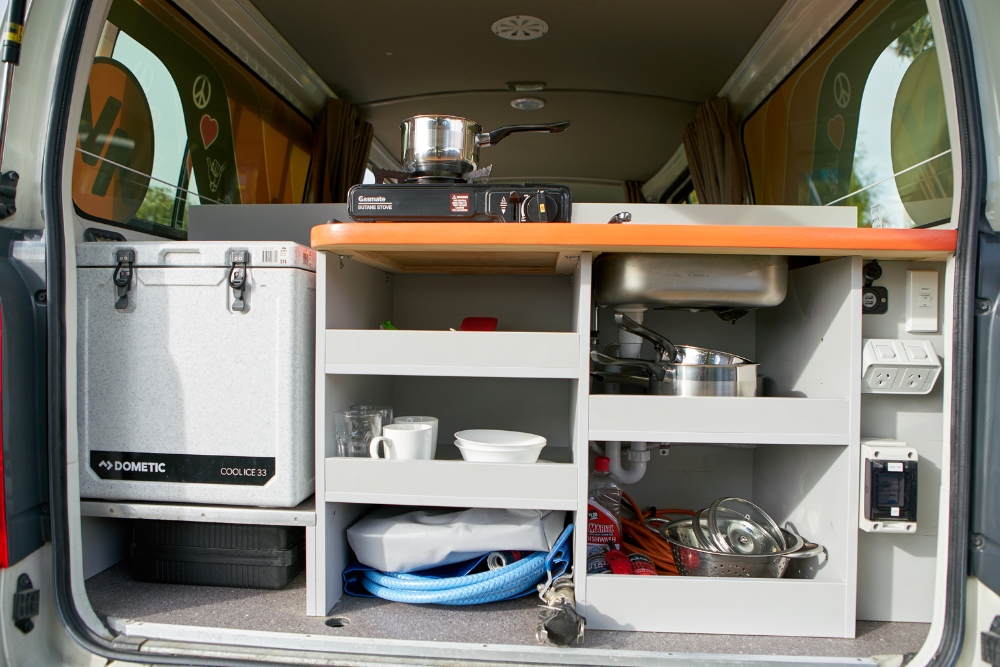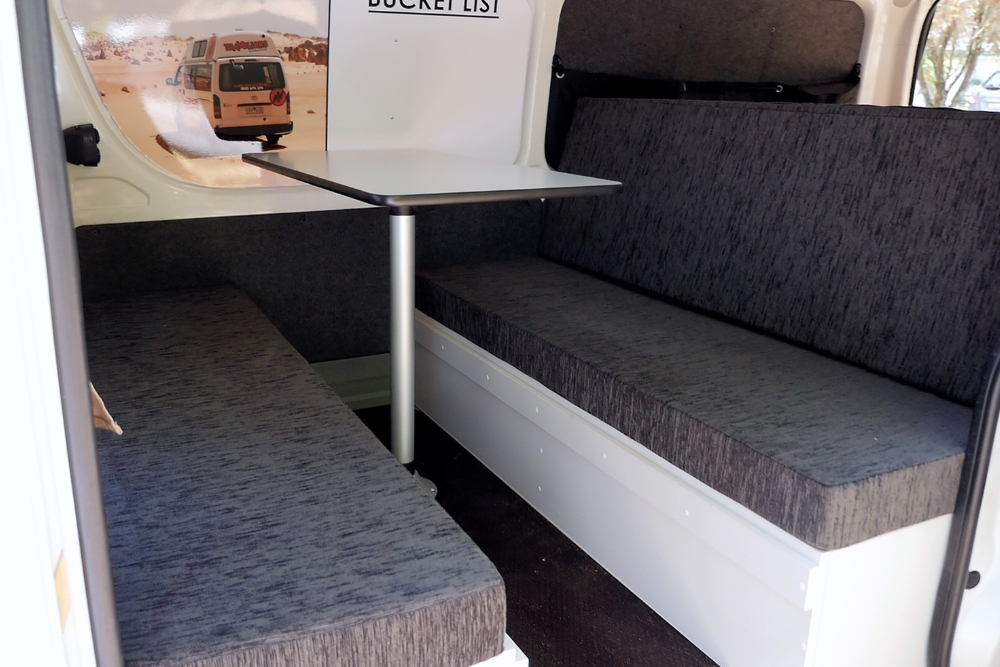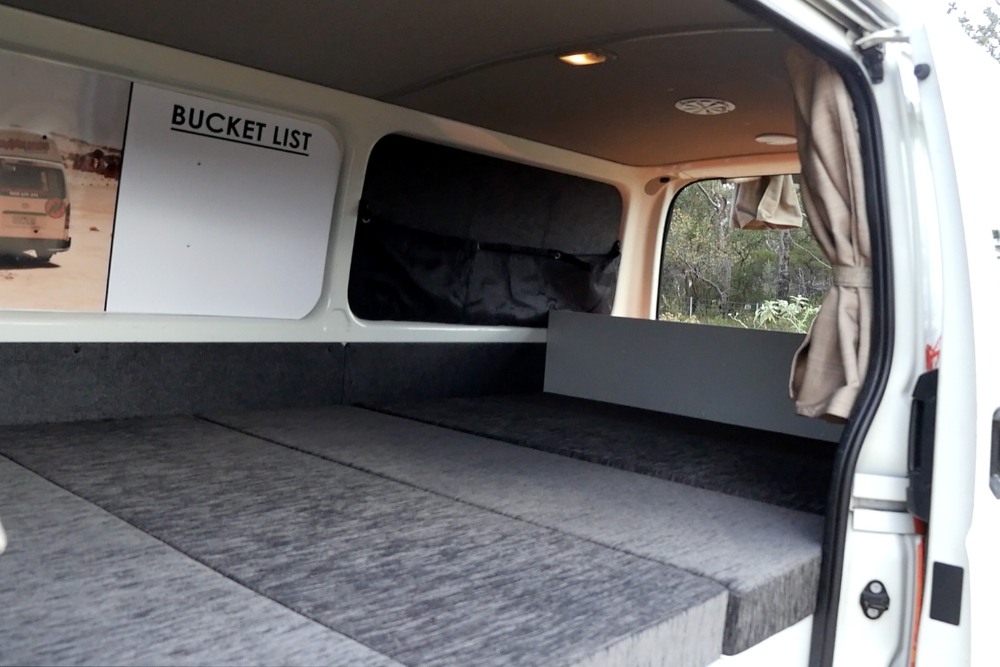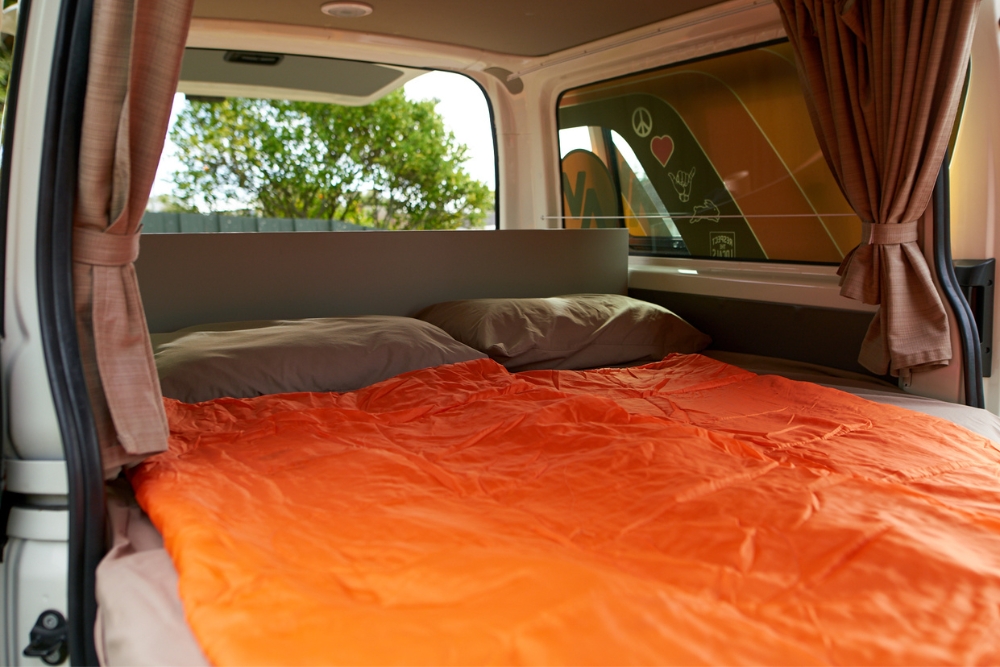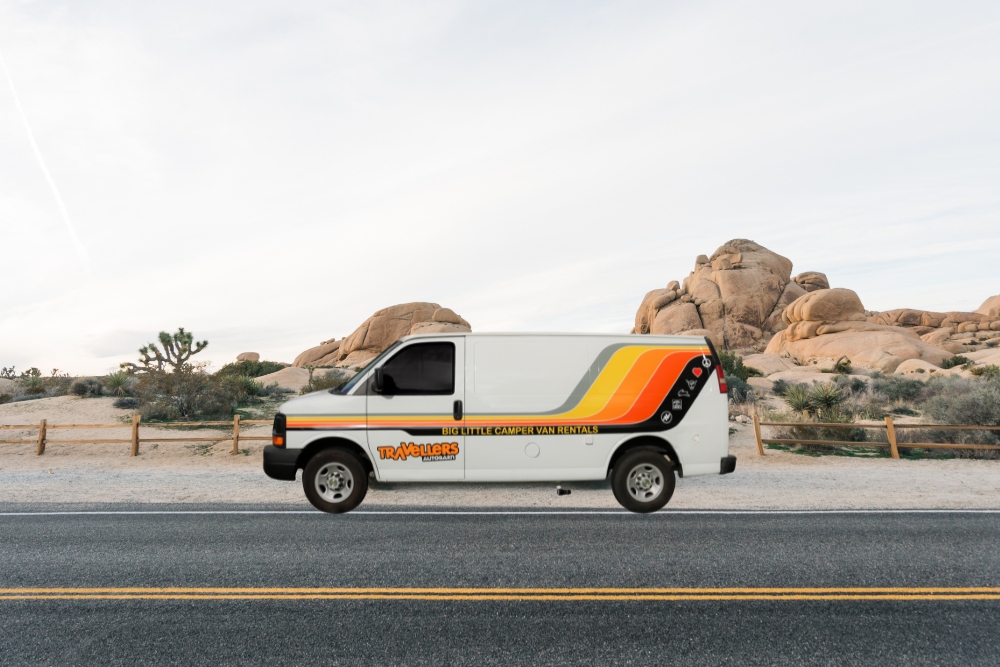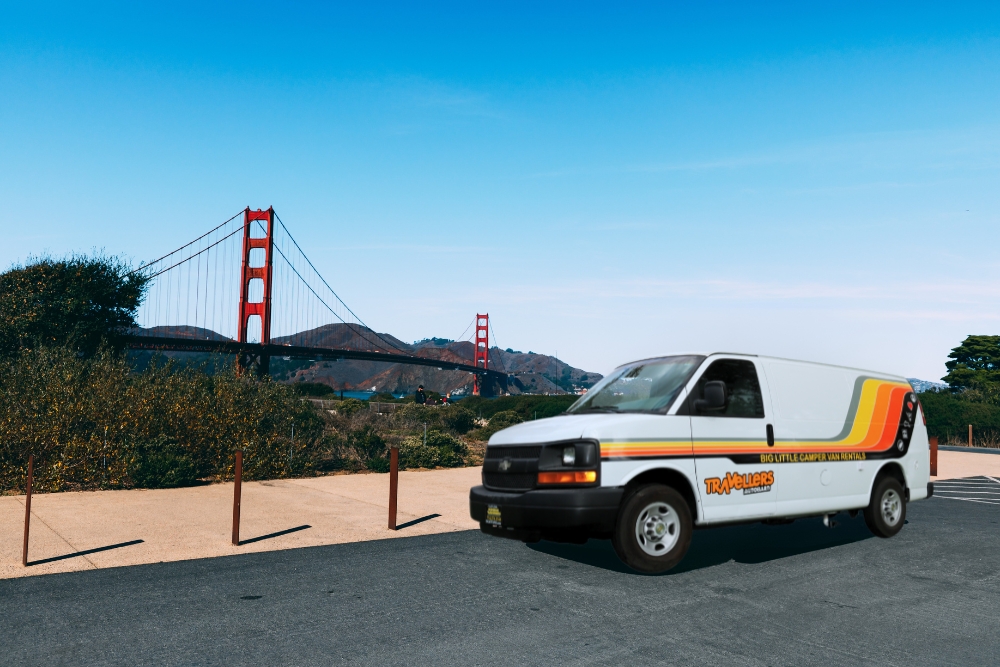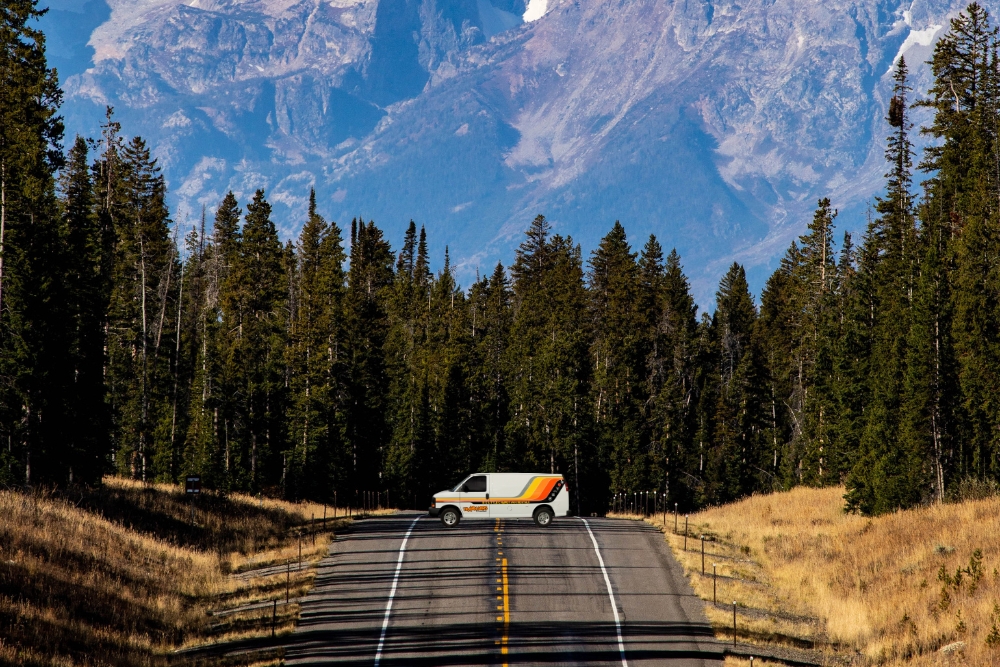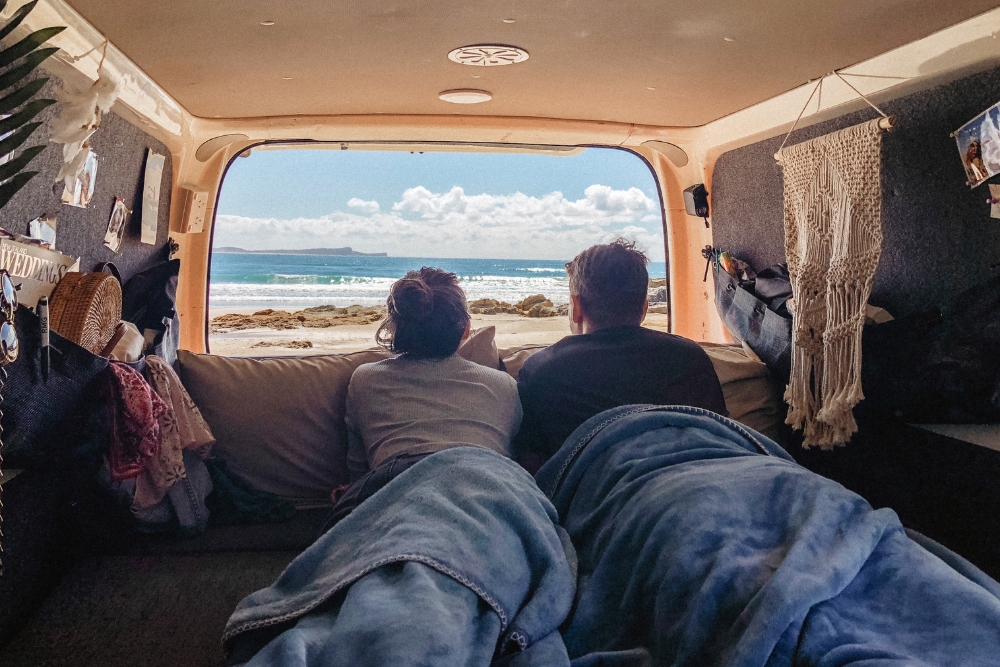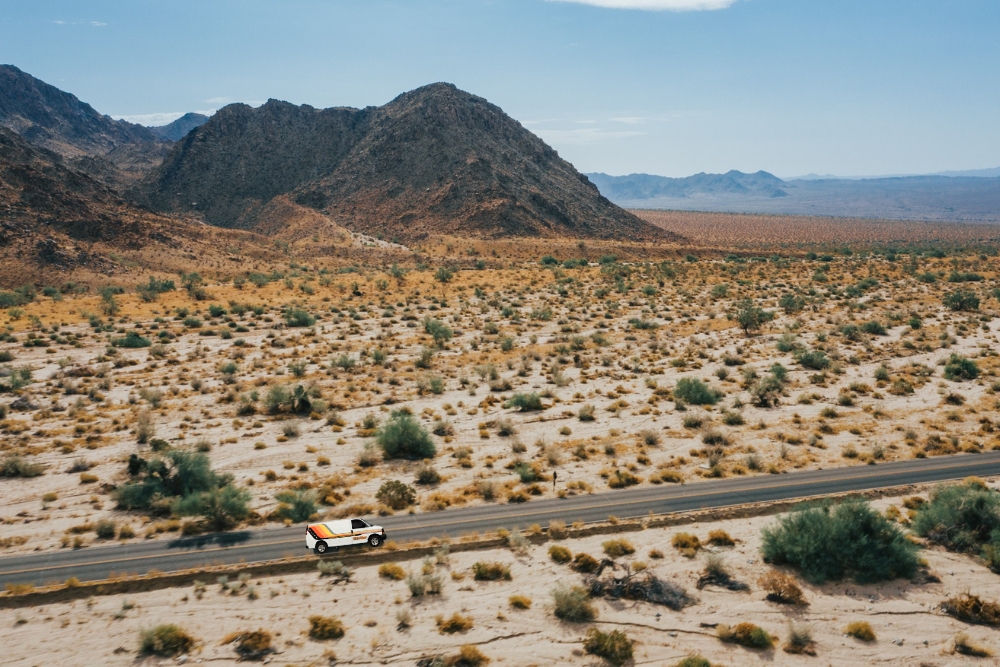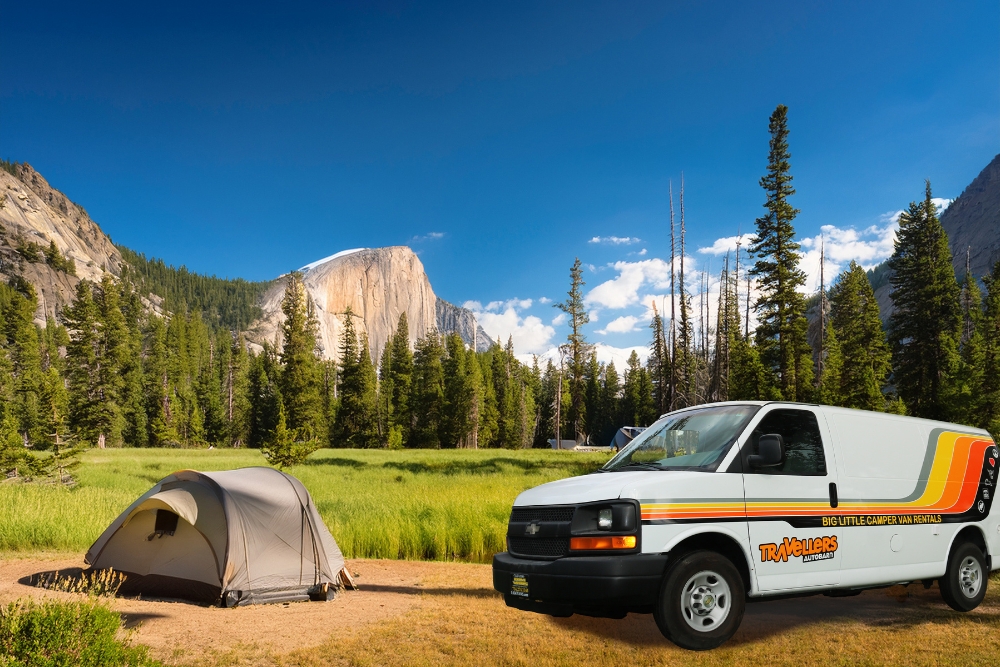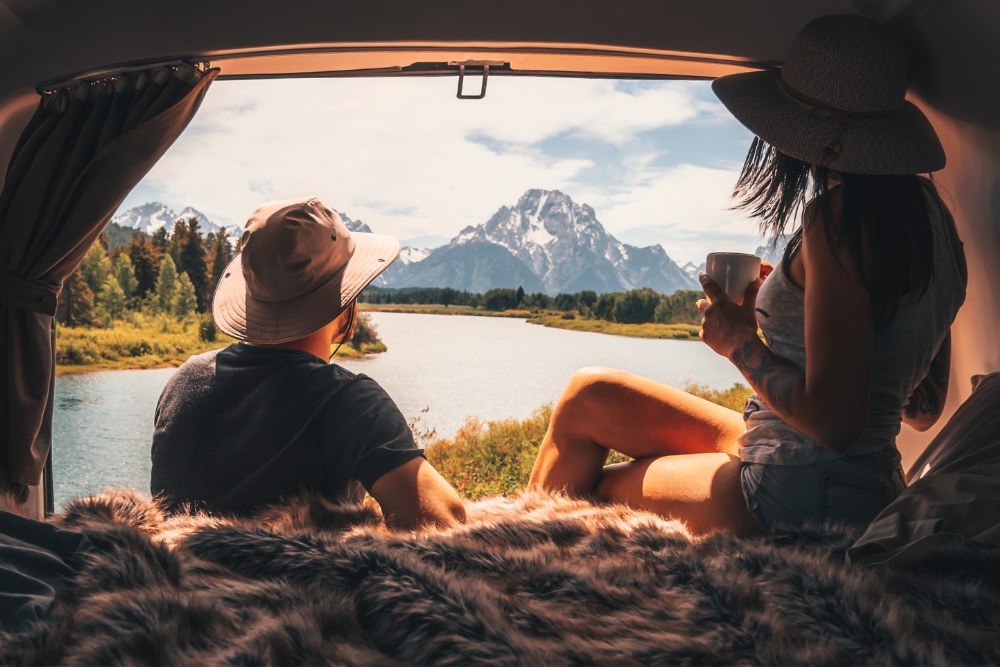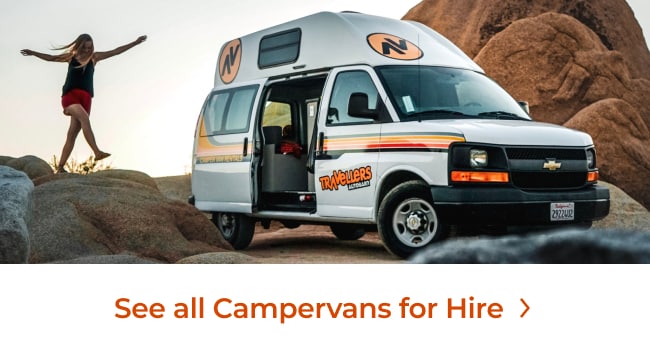Sequoia and Kings Canyon National Parks, located near the center of California, is well-known for towering red goliaths, infinite mountain ranges, lush green forests, and of course, the mighty waterfalls. There is no shortage of sites to explore in these two national parks.
These two parks are often in the shadow of their big sister to the North, Yosemite National Park, but counting them out would be a mistake. They are just as wondrous and typically far less crowded. Plus you’ll find all the makings of a super park here. Covering over 1,300 square miles, Sequoia and Kings Canyon National Parks feature the Giant Forest, Crystal Cave, Moro Rock, King’s Canyon, and Tokopah Falls.
Not sure where to start? Don’t worry. This guide will highlight the best stops within Sequoia and Kings Canyon so you can plan an epic road trip that has no shortage of bucket-list sites.
The best way to explore these phenomenal parks is to stay within either park, specifically in a converted campervan from Travellers-Autobarn. With a ton of awesome benefits like unlimited miles, solar panels, and room to stand and move around inside- these vans are the absolute best way to save money and experience mother nature first-hand!
So book your fully-loaded campervan, pack up your gear, and get ready to hit the road with this essential guide to exploring Sequoia and Kings Canyon National Park.
See more National Park Campervan Road Trip Tips here!
Sequoia National Park
Established in 1890, Sequoia National Park is the second-oldest national park in the U.S. and is adjacent to Kings Canyon National Park in California’s southern Sierra Nevada mountains. The only place in the world where the giant sequoia trees naturally grow. It is also known for the underground Crystal Cave which features streams and striking rock formations; Moro Rock- a granite dome offering sweeping park views; and the Tunnel Tree, a toppled tree cut to accommodate the road.
General Sherman Tree
The General Sherman Tree is the largest tree in the world and is, therefore, a must-see during your visit to the park. It is over 2,000 years old, weighs over 2 million pounds, and is 275 feet high and 102 feet wide. After parking, there is a short 0.5-mile paved trail to the giant tree with just a few stairs. It is essential to stay on the path to avoid any damage to the fragile sequoia root systems, which make these trees so rare.
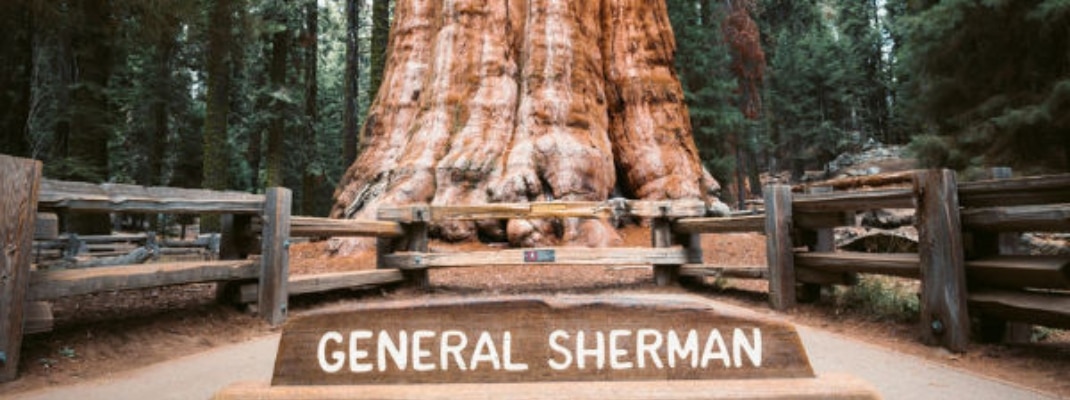
Congress Trail
Just a short distance away from the General Sherman Tree is Congress Trail. Congress Trail is a flat, 2-mile loop that will take you through a path of numerous towering sequoia trees. At the half-way point, you will see two separate groves that are meant to represent the Senate and the House of Representatives. The representation of American history parallels the apparent age and wisdom of these centuries-old trees.
Giant Forest
Another must-see on this list is the Giant Forest. The Giant Forest is the second-largest sequoia grove in the world, and it’s just something you have to see with your own eyes to believe. Stop by the Giant Forest Museum to learn more about the history of the park and the famous sequoia trees.
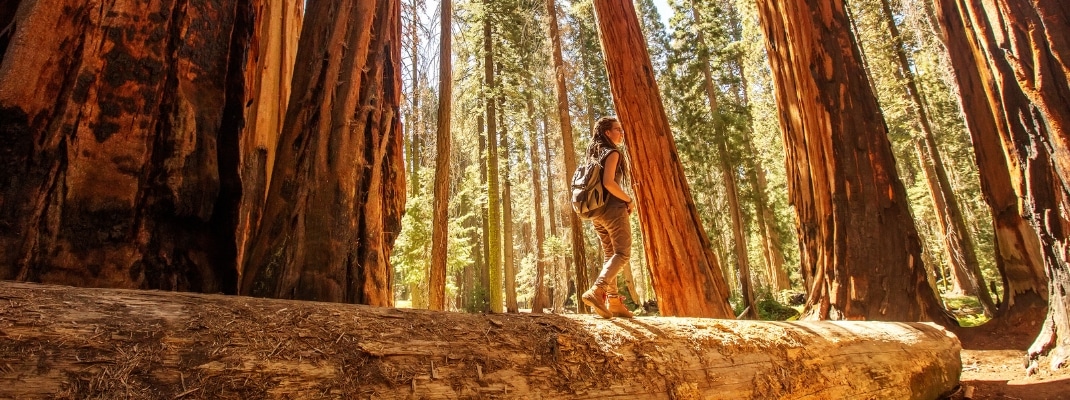
Big Trees Trail
The Big Trees Trail is a leisurely trek that anyone can do and provides some of the best views in the park. We recommend, specifically, the area along the Round Meadow for some truly incredible views. Also, this is an interactive trail with educational posts about the trees. This fully accessible trail provides lots of information about the groves and the tree themselves.
Moro Rock
The ¼ mile trek up Moro Rock contains at least 400 stone stairs carved out of the mountain that takes you to the top of the bulbous granite dome. While this is a challenging hike, the outstanding 360-degree view of the mountain range is well worth it. If you can, we highly recommend that you plan your visit to reach the peak at sunrise or sunset. It is stunning.
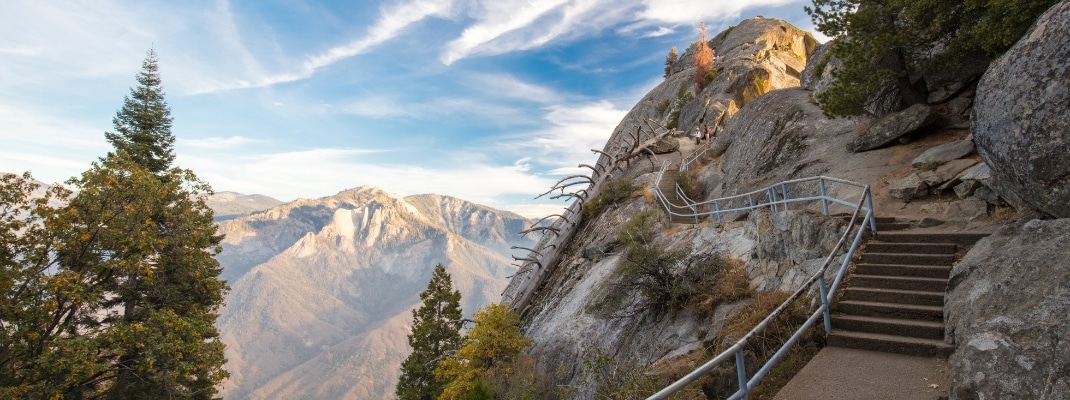
Long Meadow
Two miles past the General Sherman Tree is the next spot on our list, Long Meadow, located in the Wolverton area of the park. It is a mild, relaxing trail loop that takes you down the beautiful Long Meadow where you can see some wildlife.
Tunnel Log & Crescent Meadow
Just a hop, skip, and a jump away from Moro Rock is Crescent Meadow- a peaceful, vibrant green wetland among their goliath counterparts- the sequoia trees. On your way there you’ll pass through Tunnel Log- a felled tree that a tunnel has been carved through to make way for cars to drive through. There is a mild loop trail around the meadow with some tranquil views and a chance to spot any of the park’s wildlife including owls, black bears, and deer. Because of the marshy landscape, mosquitos can be an issue. We recommend you bring repellant wipes or spray with you.
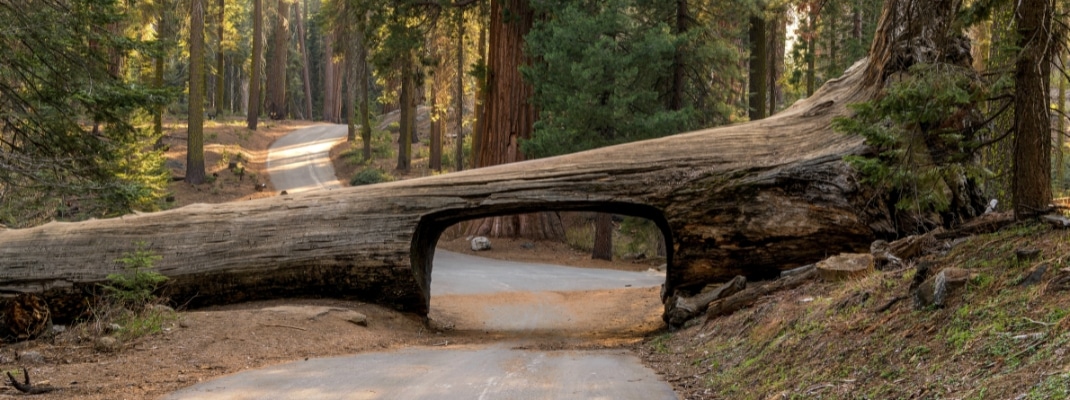
Crystal Cave
Crystal Cave is a marble cavern. A half-mile loop trail leads through the cave which features fragile stalactite and stalagmite formations. It is only accessible via a guided tour. If you decide to see the cave, plan on spending about half a day traveling to the cave, walking to the entrance, and taking the 45-minute tour.
Tokopah Falls
Tokopah Falls is one of the most popular hiking trails in Sequoia and is relatively easy for all fitness levels. The trail runs along the Kaweah River past tall granite cliffs up to the roaring waters cascading 1200 feet downward. It’s important to note, however, that the falls slow down tremendously around September so going early in the summer is best.
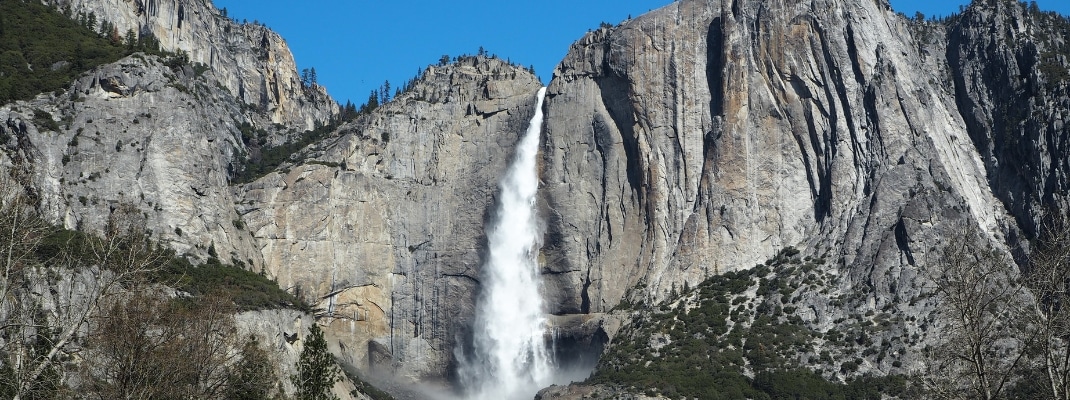
Kings Canyon National Park
Kings Canyon, established in 1940, was a way to protect the General Grant Grove of sequoia trees. The towering trees aren’t the only thing for which Kings Canyon is known. The park also features jutting granite peaks, raging waterfalls and the deepest canyon in the United States. Produced by granite carved out of glaciers, Kings Canyon is over 8,200 feet deep.
Big Stump Trail
The Big Stump Trail marks your entrance into Kings Canyon National Park. The trail leads to a peaceful forest of giant pine and Sequoia trees. You may think you’ve had enough of these beastly trees, but I assure you, it never gets old. As the trail continues, you will eventually reach the Mark Twain stump which has stairs to help you climb it.
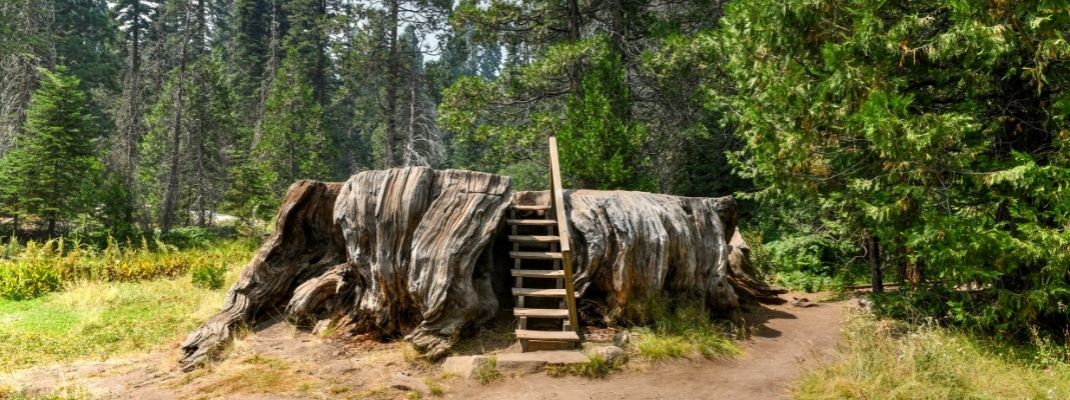
The Gamlin Cabin
Shortly after the General Grant Tree is the Gamlin Cabin, which was built in 1872 and originally used as a storehouse by the U.S. Calvary, but years later it became the quarters for the first park ranger stationed there.
The General Grant Tree
The General Grant Tree is the second largest tree in the world (the first being The General Sherman back in Sequoia National Park). It is dubbed the Nation’s Christmas Tree in 1926 by President Coolidge. The trail to this tree is an easy one and will take you through the Fallen Monarch which is a felled, hollowed out sequoia tree that connects the two sides of the General Grant loop.
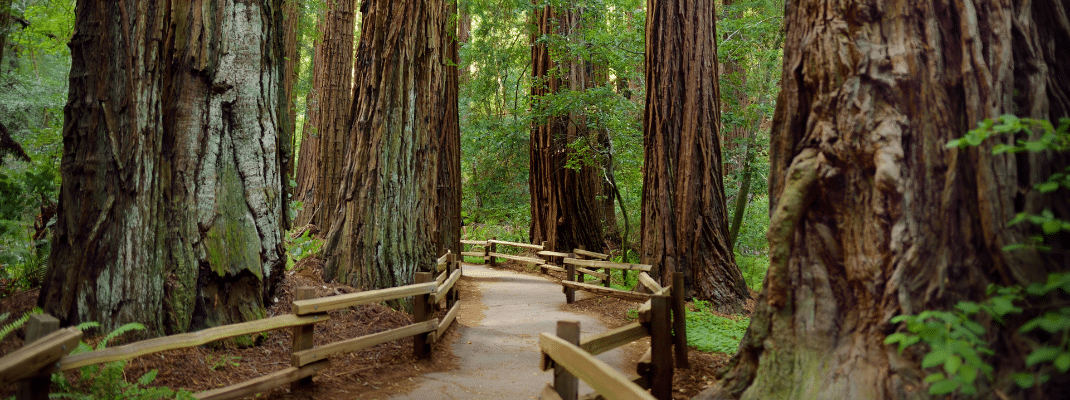 \
\
Hume Lake
The serene Hume Lake, surrounded by sprawling hills and layered with pine trees, is a fantastic spot for a picnic. The Hume Lake trail is a 2.8-mile loop that features gorgeous views of the countryside and is a good fit for all skill levels.
Kings Canyon Scenic Byway
This scenic byway is a 50-mile drive which we highly recommend as it takes you through some incredible stops through the park. One such stop is Junction View- a magnificent, panoramic view of the Middle and South Forks of Kings Canyon. It is simply too beautiful to pass up as you make your way through the park.
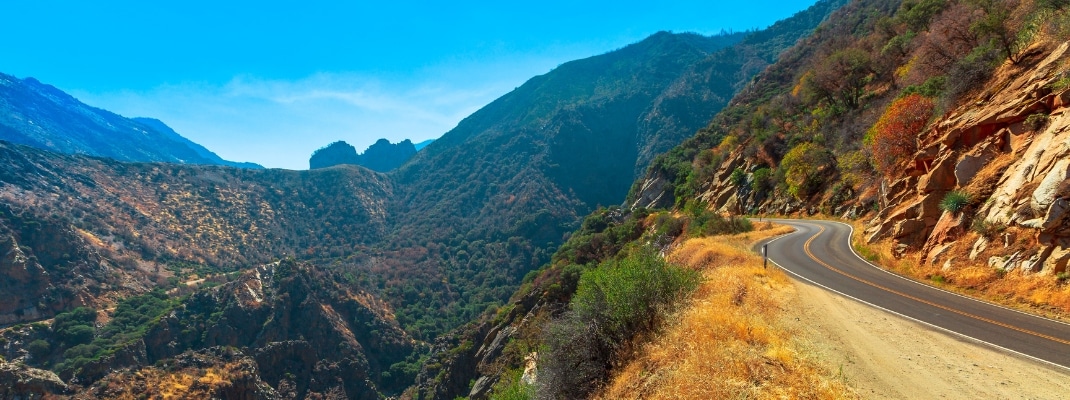
Grizzly Falls
As you continue your drive down the Kings Canyon Scenic Byway, you can stop and take a short hike take in this gorgeous 75-foot waterfall. The best time to see this beauty in full force is in the Spring.
Kings River & Zumwalt Meadow
At the end of your trip down the Kings Canyon Scenic Byway, you will reach the Kings River. Unlike the roaring rivers and falls, this river is quite calm and great for swimming in if you so desire. Nearby is a lush green Zumwalt meadow which is a flat 1.5-mile trail loop that takes you along the Kings River. The trail passes the steep granite walls of the canyon and includes some pretty epic views along the way.
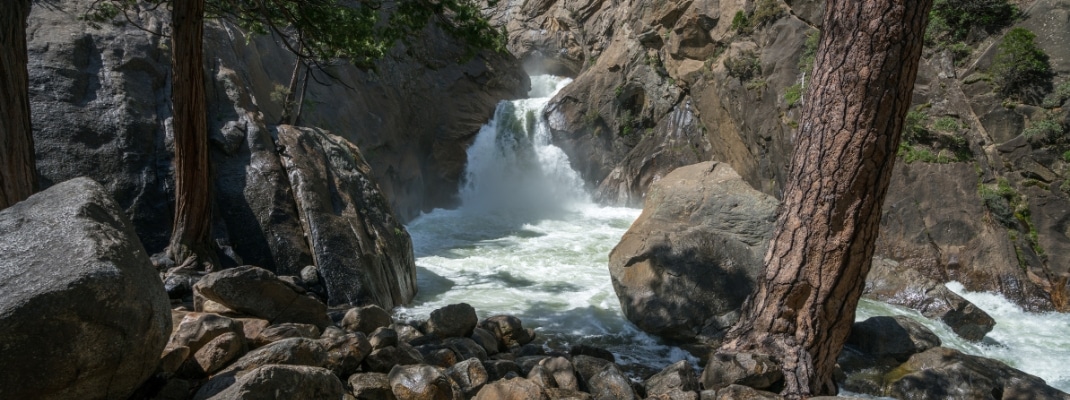
These are just some of our favorite stops in Sequoia and Kings Canyon National Parks. We also recommend stopping by visitor centers for recommendations from park rangers that suit you and your fellow travelers.
Whether you are a hiker, a photographer, or a family traveling with small children- there are plenty of options to create your own unique experience. And with a Travellers Autobarn campervan, you can experience all the wonder first hand and stay right in the thick of it.
As always, we recommend visiting the National Park Service site for a calendar of events, travel advice, and safety alerts to make sure you are informed and prepared for your trip. Happy trails!
Here are some additional articles you may find helpful.
Top 9 Sequoia & Kings National Park Campgrounds & RV Parks
Guide to the Best Campgrounds for Campervans in the USA
About the Author
Bastian Graf
Bastian is the Sales & Marketing Manager here at Travellers Autobarn. He holds a Master of Commerce in Marketing and International Business Management, and 20+ years experience in campervan hire, road trips and travel.

